
Works about climate change
However, it also forms the basis for symphonic poems such as Gian Francesco Malipiero's Sinfonia del mare, Josef Bohuslav Foerster's In den Bergen and Vítezlav Novák's In der Tatra. Nature also plays a role in other works such as Ernst Krenek's Reisebuch aus den österreichischen Alpen and in contemporary works such as Harrison Birtwistle's Earth Dances, Gawain's Journey and An Imaginary Landscape, David Sawer's Byrnan Wood, Victoria Borisova-Ollas' Before the Mountains were born, Georg Friedrich Haas' Teatraedrite, Luke Bedford's Instability, and in David Fennessy's Hirta Rounds.
Discover now the latest additions to our catalogue about climate change!
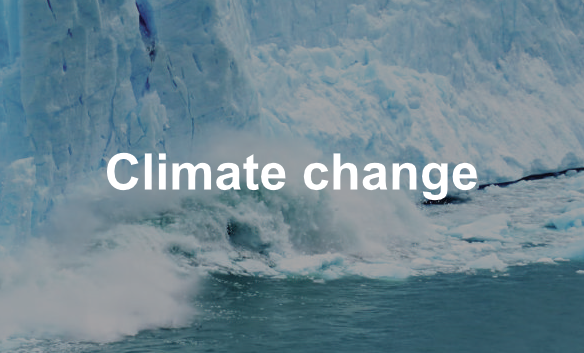
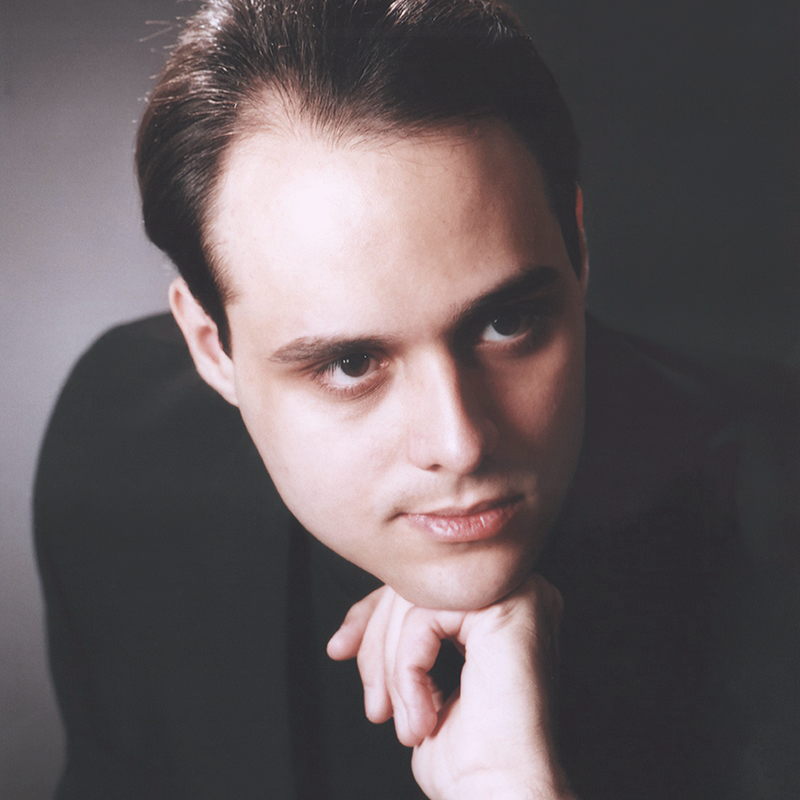
Jan Emanuel Abras: Five rivers
Orchestration: for Ensemble (10+ players) or Chamber Orchestra or Orchestra
Duration: 11'
Five rivers (2019) reflects in music the geographic characteristics of famous Iberian watercourses in a descriptive work for orchestra. In 2018, I delivered a lecture in Paris at the IRCAM Forum Workshops about my work Franciscan(onic) dialogues, which focuses on the relationship between humankind and nature. That year, according to the World Resources Institute, was marked by extreme heat, record carbon dioxide emissions, intense storms, changing precipitation patterns, significant wildfires and shrinking ice caps. These worrying facts, related to climate change, led me in 2019 to compose Five rivers, a work for orchestra that focuses on one of our most precious resources: water. As a European classical music composer who lived in seven different countries, it has always been clear to me that I am, first of all, an earthling and a citizen of the world. This fact, along with my passion for natural sciences and my studies in social sciences, explains why many of my musical works are related to nature and Earth. During the compositional process of Five rivers, when thinking about the impacts of climate change and the water global freshwater crisis, the memories of my trips across the Iberian Peninsula came to my mind and I remembered five rivers I have been to: the Douro, the Guadalquivir, the Minho, the Nervión and the Ter. As I always do when composing, I aimed to join reason with emotion and started by associating each of these watercourses with a movement of my orchestral composition. I wanted to translate into sounds the geographic features of each of the mentioned rivers, such as length, shape, velocity and volume. At the same time, since watercourses flow through diverse cultures and habitats, I wanted to add to my work transformed musical motifs of the regions crossed by these rivers. And, for these purposes, the latest versions of the technologies developed at IRCAM in Paris proved to be extremely useful, especially when dealing with calculations and data processing related to algorithmic manipulations, fractalization and granulation. By uniting past and future, I combined traditional contrapuntal techniques found in Medieval music with the latest technologies developed at IRCAM in Paris to achieve my compositional visions. Despite the technical aspects behind Five rivers and the specialized knowledge needed to compose this work, I created it to be accessible to any audience.
Dr. (PhD) Jan Emanuel Abras (born 1 February 1975 in Stockholm, Sweden)
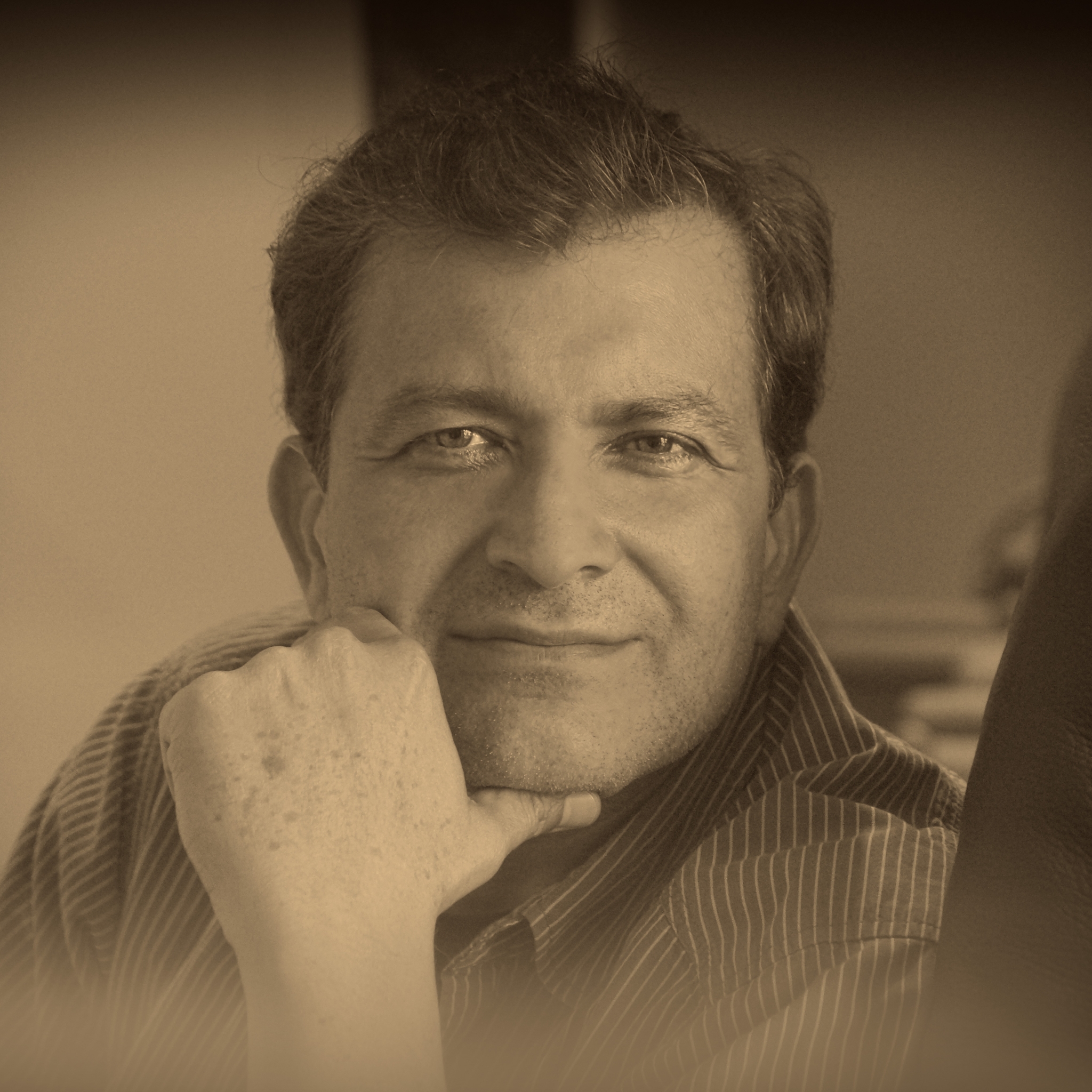
Sef Albertz: The World Through Emilia's Dreams
Orchestration: for Orchestra
Duration: 15'
To Emilia and Anna-Maria, for the luminosity of each gesture...!
Commissioned by the ‘Kammerphilharmonie der Universität Stuttgart’ to complete a program including works by Beethoven and Mozart, I composed The world through Emilia's dreams in Autumn 2019, a composition for symphony orchestra with ‘piano obbligato’. Although it’s not a typically concert work, the piano has a personalized role, as in a first-person narrative, where many times it comments, sometimes complements, and always unifies.
What 2020 marks the 250th anniversary of Bonn's genius was a very attractive reason to accept the suggestion of writing, with additional pleasure, a new work for orchestra.
It is not about celebrating man but the work created by him, his artistic legacy. From this point of view, I have been interested metaphorically to recreate Beethoven's spirit, not only as an influential artist of the generations after him, but also who influenced him as creator:
“Not brook [in German: Bach], but sea should he be called” said the Master of Bonn, very impressed with Johann Sebastian Bach, the “forefather of harmony”. On the other hand, Mozart was the constant musical idol in Beethoven's creative life.
Here and there appear in my new composition very subtle references to Bach (my great musical reference!), Mozart and, naturally, Beethoven, who in turn was always very influenced by nature. Thus, in double connection with Bach and as a reference to our environment, the S-E-A motif appears throughout the composition. The beginning of the composition presents a contemplative image of an open landscape, which is interrupted by rhythmic touches that symbolize a concern about our surroundings in the ecological context.
The work is structured in three continuous parts, and moves gradually from elegiac, contemplative and melodious passages to euphoric and dancing moments, which give clues to my Venezuelan origins. Counterpoint and polyphonic techniques appear here, as is characteristic in my compositional behavior. Various harmonic and melodic elements, which directly or indirectly refer to the classical masters mentioned are incorporated, transformed and sometimes even reproduce imperceptibly, but always intertwined with my own harmonic language.
And Emilia?: She is part of the treasure that I keep from having had a childhood full of bright colors. She is my grandmother, a 91-year-old child who came to appear little by little during that magical mental and spiritual process that means composing: I have turned her into a song, based on her desire, her dream, of meeting all together again.
The dramaturgy of the piece goes beyond the chronology of events to transform time into a metaphor: the art of all time dialogues us. I suggest a trip full of intense and contrasting moments of poetry and virtuosity, where Beethoven's longing and humanistic spirit will accompany us as a guiding thread.
One thing in common has all the characters that I have involved in this composition: if I listen to some of the sublime sound monuments of Bach, Mozart or Beethoven, if I contemplate the imposing nature or if I talk with Emilia, they all take me to a world full of optimism, where even melancholy becomes hopeful, like a feeling of reaffirmation towards life...!
The work also exists in a version for solo piano under the title: Like Flames in a Shadow Riddle.
Commissioned by the Kammerphilharmonie der Universität Stuttgart.
FIRST PERFORMANCE: February 15, 2020 | Bürgersaal Vaihingen (Stuttgart) | Anna-Maria Maak (Piano) & the Kammerphilharmonie der Universität Stuttgart (Johannes Zimmermann, conductor)
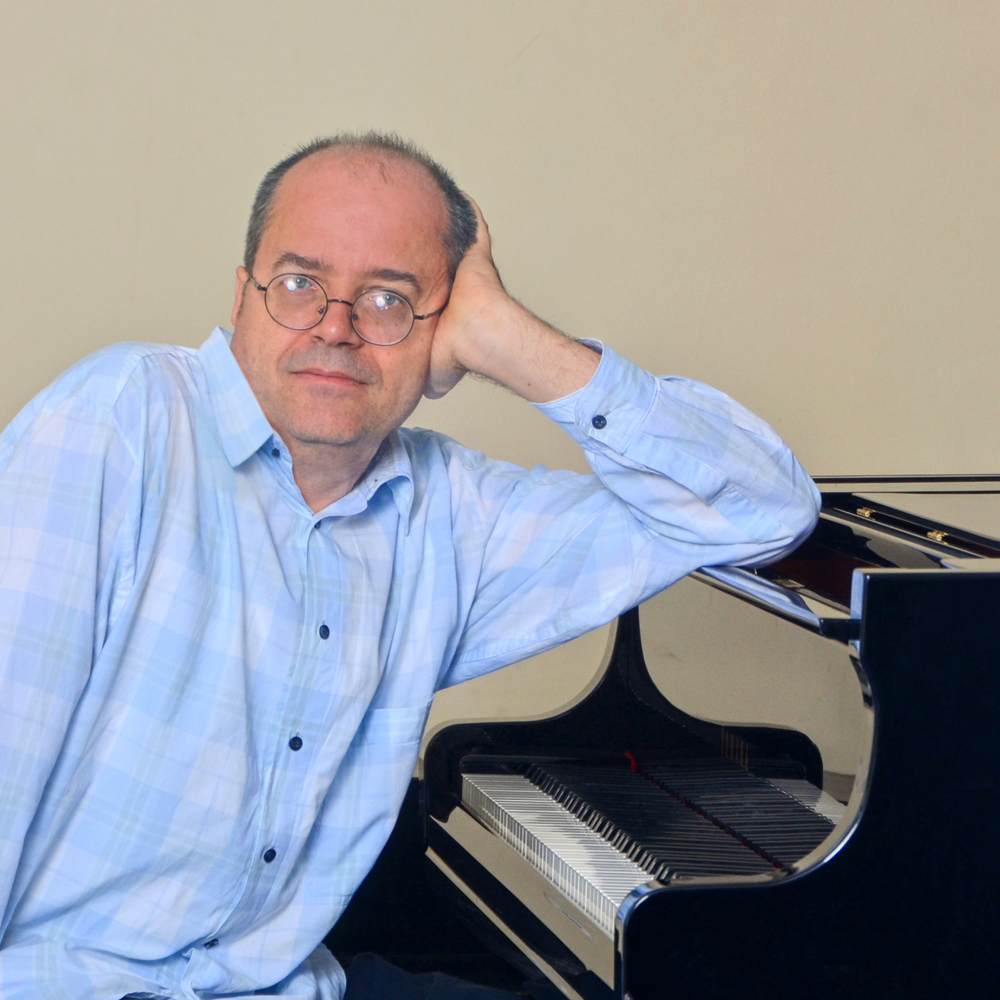
Bozo Banovic: Mountains
Orchestration: for 2× violin, viola, violoncello and piano
Duration: 9'
Standing before the foot of the mountains we see nothing but a misty grey massif. As we ascend, during the time the perception changes: we see more details around us, and the view becomes more diverse and dynamic.

Katarzyna Brochocka: Bangladeszcz / Rain-Thump
Orchestration: for Chamber Orchestra
Duration: 7'
The musical form in the piece is "circular", which resembles the spiral, present both in the stormy tornado and in drawings based on Fibonacci's sequence. Instruments join together gradually, in groups (vn I) and in soloistic elements we can hear from members of second violins (vn II). Motifs spread, split in divisi for smaller collections of notes, grace notes, glissandi, and bowing techniques, with pizzicato being a symbolic realization of "Bangla" - the rainy language of drops, thumps, and cracks (col legno) or various wind noise (arco). Music goes fast, and suddenly, at times seems predictable, while dancing for unexpected smash.
Bangladeszcz takes the title from the sound of the rain, and its "language". Initially, the humorous wordplay connected with the name of the country (Bangladesh). In Polish, the word "desh" is phonetically a very near-sounding word to "deszcz" - the rain. "Bangla" - is also a short slang expression of the fact that something works, as well as the fact that something is strong. Trying to give the listener the closest possible match I have chosen the name "Regenschlägt" in German. I've decided to use the "Rain-thump" in English to express the possibility of danger which is also an aspect of nourishing rain.
premiere:
29.10.2006 VII Ryszard Bukowski Music Days, Aula Leopoldina (Wroclaw),
/ Leopoldinum Orchestra, cond. Wojciech Rodek (NFM Chamber Orchestra)
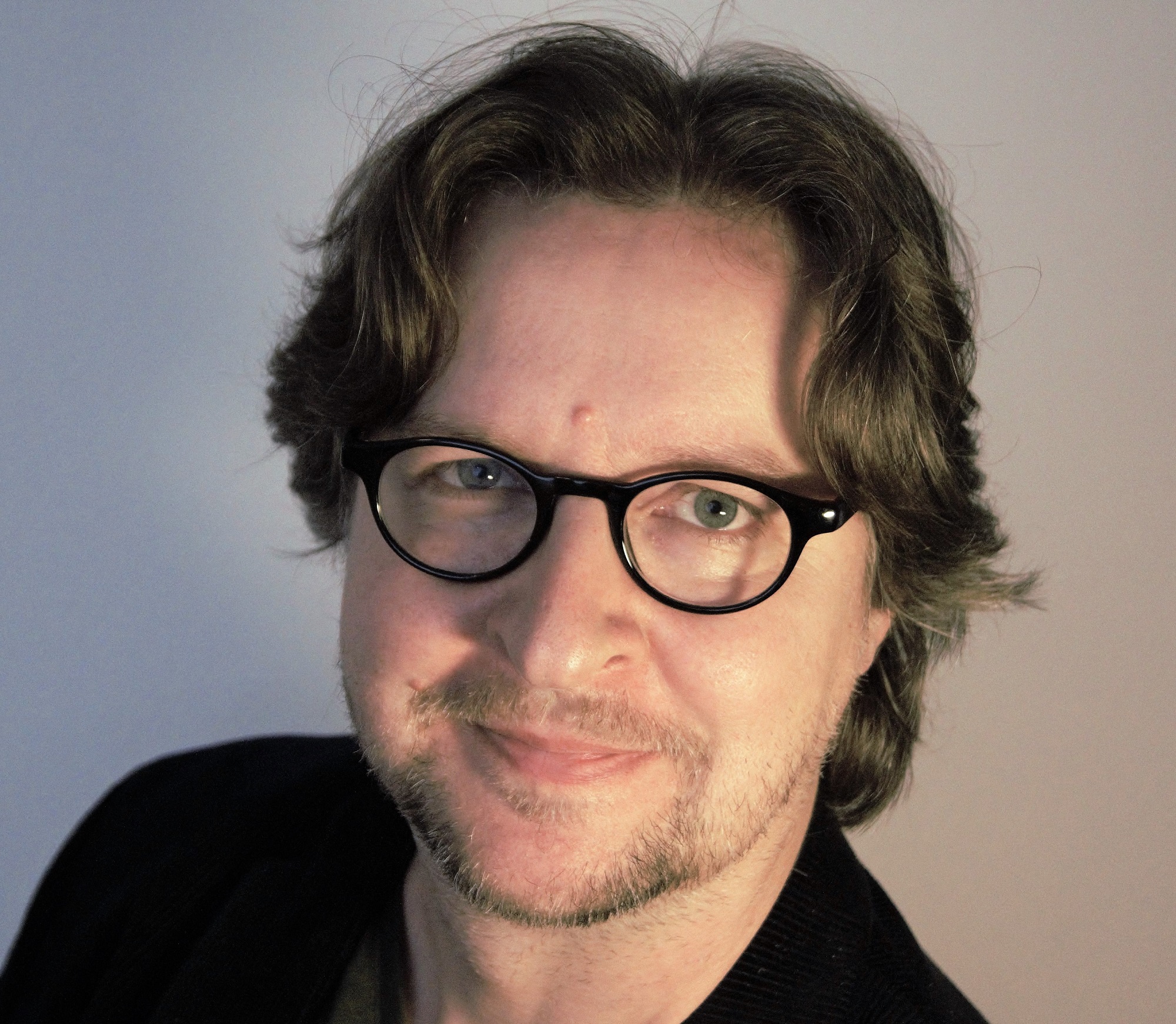
Theodor Burkali: Meloscape
Orchestration: for 2× violoncello, bass clarinet in Bb and baritone saxophone in Eb
Duration: 20'
As the word collage "Meloscape" suggests, this is a musical landscape of a melody. An imaginary balloon ride sounds here in the length of approx. 20 minutes, but not in the form of programme music. Rather, it is about how a landscape is perceived from different aspects. On departure, for example, one sees only a wide flat landscape. As one climbs higher and higher, the silhouette of hills and mountains becomes visible on the horizon. Looking further up, structures of road networks linking villages and towns are formed. Looking up even higher from space, continents are formed, surrounded by oceans. The higher you fly, the more complete the picture becomes. In this work, I have projected this imaginary zooming in and out onto the time axis: An 8-bar melody sounds 16 times here. At the beginning, it is still so extremely stretched out in time that no harmonic connections can yet be discerned, but the differently coloured sounds can be perceived. Towards the middle of the work, the melody becomes more and more compressed in time, accelerated and rhythmically, emotionally condensed, which in turn slows down to the original tempo by the end of the work, thus closing the formal circle.
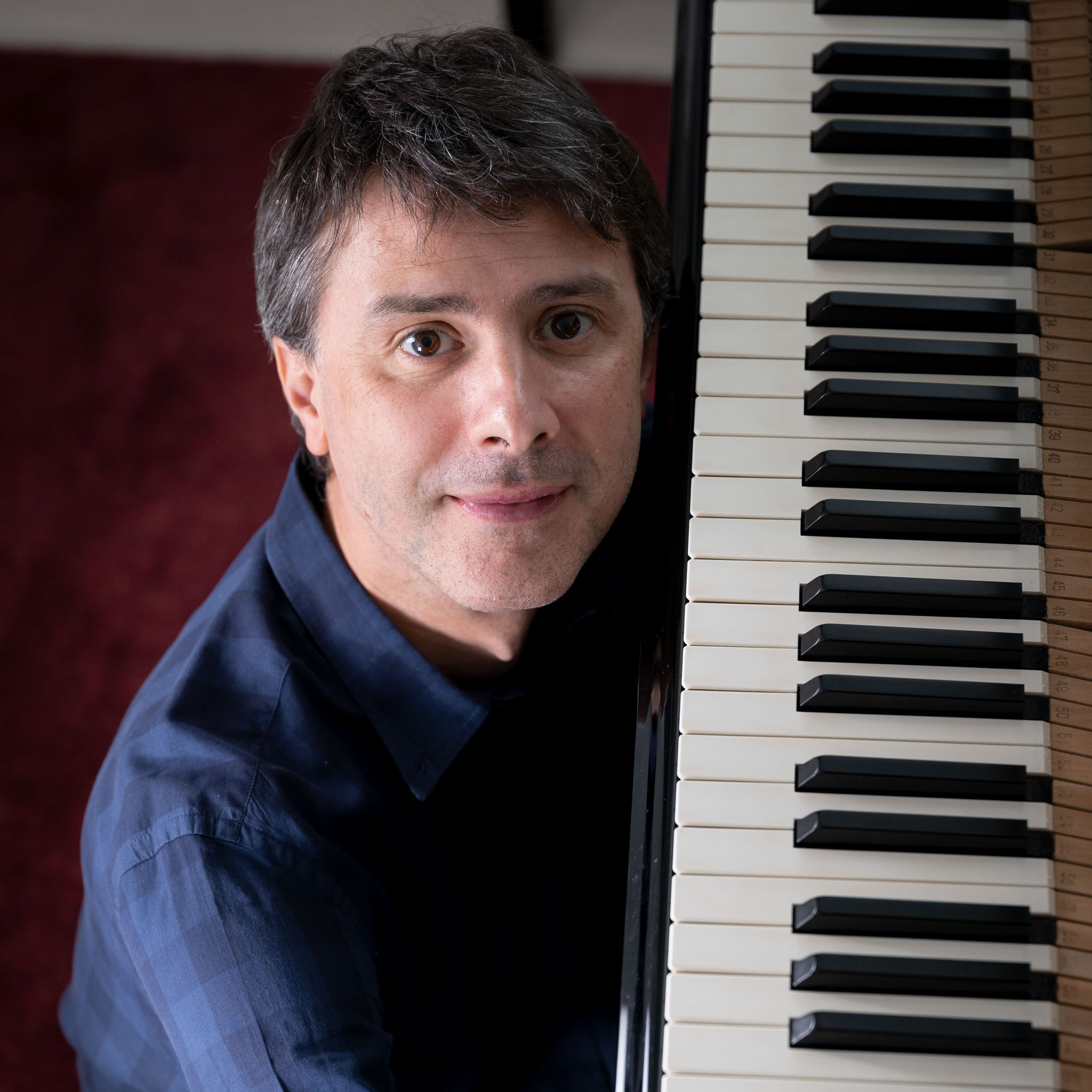
Carlo Corazza: Sonatine for piano in Modal Style Vol.I
Orchestration: for piano
Duration: 14'
This collection aims to be a valid alternative in modern / contemporary style to the sonatas by Clementi, Dussek, Kuhlau, etc., maintaining the same level of technical complexity and the same didactic utility in the development of the hand and musical sensitivity. These sonatas are pleasant to listen to and fun to study.
The “Sonatine in modal style” are composed following the classic Sonata-Form and are inspired by the four elements. This inspiration allowed me to imagine a “depicting music”, a music that originated from images and that creates images as well.
Working with images doesn’t necessarily means writing movies soundtracks, I wanted to investigate them from another point of view.
Image is memory codification, our temper grows and forms itself starting from the images stored in ourselves even if we don’t see or even remember them and make us feel as we do.
Images are made up of vibrations and therefore of frequencies. Music is composed of frequencies, too, and it is the perfect art to work with them. The pieces I write want to be an attempt to search for images, colours, forms or other visual elements stored jealously in the inner part of each of us. They are different from mine, but authentic in the same way, and they touch the most secret part of us making us feel special and unique.
I used the modal style for composing these Sonatine, I feel this style suitable for me and I followed composing techniques typical of 20th century used by Stravinski, Prokofiev, Janácek, but modifying them according to my personal sensitivity. Those techniques are used gradually and mixed with a language caressing soundtrack sphere.
The Modal style has allowed a synthesis of languages, from the inventions of contemporary music, to modern music through film music. As Mattia Mei writes: “Carlo Corazza's music is placed somewhere between the deep classical background and soundtrack allusions”.
Curiosities
In the 1st and 3rd movement of Sonatina Friulana we find the word “Stajare”. It is a rural dance which comes from Austria, in particular from the Steiermark region, and from there it has arrived in Italy and in Friuli Venezia Giulia. Here the dance took typical local features that remember a kind of Mazurka. The first movement of Friulian Sonatina, is built following the Sonata-Form scheme. However in this Sonatina the two main themes are taken from Friulian popular tradition. In particular, the first is the Stajare Tintine Tintone, that I transformed from a tonal to a modal armonisation, while the second is the villotta “E tu Pieri cjol Anute”, that I armonised with fourth augmented. The first 8-bar theme leaves the place to a 3-bar little modulant bridge leading to the second 8-bar theme. At bar 21 we find the development elaborating the material. The recapitulation at bar 39 introduces the second theme, in the starting modal tone. The original melody of Tintine Tintone begins with the notes of left hand at bar 5 and continues with the right hand melody of the beginning. I superimposed the 2 melodies in bars 5 and 6 with are presented in successioni in the original.
The Stajare theme was used by L.van Beethoven in his Sonata op. 81 entitled “Das Wiedersehn”.
In the second movement The Echo of the Earth, there are thematic elements that recall the popular melodies of Ave or Vergine, us saludi by Luigi Garzoni and Stelutis aplinis by Arturo Zardini. The third movement Nuova Furlana Campestre is a harmonic adaptation of the Antica Furlana campestre, mixed with a hint of the famous Friulian dance Schiarazule Marazule by Giorgio Mainerio (Parma 1535 - Aquileia 1582), a theme that will be harmonized in a modal style and developed with variations in the final movement.
The Sonatina of Air has another type of structure. A first theme of 4 bars occurs again, changed twice. At bar 13 there is a small development and at bar 19 a final part that connects the second theme. A small cadence connects the recapitulation.
The first movement of the Sonatina of Water has the same formal structure as the Friulian Sonatina. The Sonatina of Fire instead has a different structure: the 2 themes, of 8 bars each, are proposed twice before giving rise to a development starting from bar 33.
In the second movement of the the Sonatina of the Fire, The Embers, there is the hymn of St. John, which is the liturgical hymn of Vespers of the solemnity of the nativity of St. John the Baptist which occurs on 24 June. Traditionally, on the evening of June 24, a ritual fire is lit that represents the purifying force, to recall the positive energy in every creature and destroy negativity.
The fame of this hymn, written by the historical monk and poet Paolo Diacono (Cividale del Friuli, 720 ca. - Montecassino 799), is due to Guido d'Arezzo (991 ca.-1033), who used the first verse to draw the names of the six notes of the hexachord. The names of the musical notes used in Italy still derive from this conventional criterion: Ut-Re-Mi-Fa-Sol-La. The name of the note Si occurred in the sixteenth century and are the Initials of Sancte Iohannes = SI.
In the third movement the main theme is the Friulian villotta Vinarastu San Martin. Often the feast of San Martino is linked to the first tapping of the new wine.
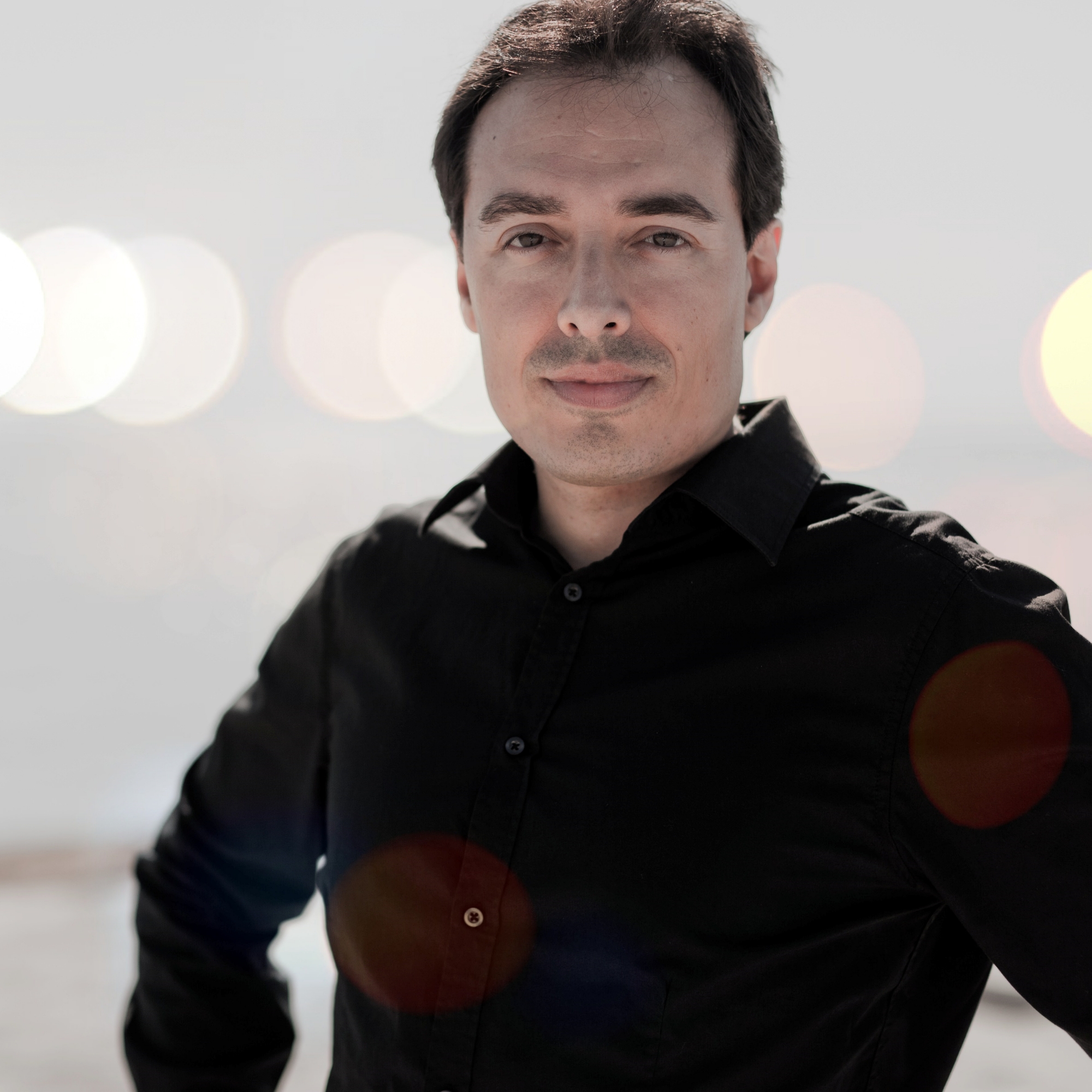
Oriol Cruixent: Soledat ran del mar
Orchestration: for Ensemble (10+ players) or Chamber Orchestra or Orchestra
Duration: 11'
Soledat ran del mar (catalan, solitude by the sea) for string orchestra with percussion is a contemplative night journey of a markedly introspective nature. Conceptually, it was created from sound and rhythmic models extracted from nature itself, to later systematize them in a rhythmic and structural way during the compositional process.
Soledat ran del mar was finished on november 2001 and premiered 7th february 2002 in Munich by the HfM Orchester in the big concert hall of the HfMM under the baton of Marcus Landerer.
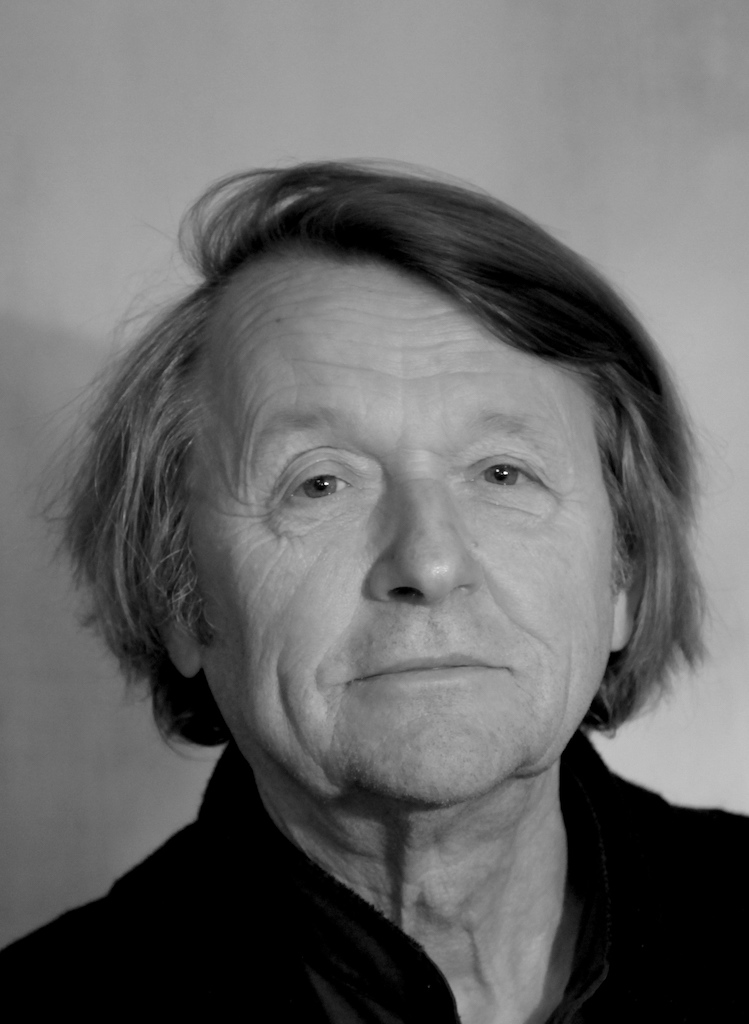
Wolfgang Florey: On the open sea
Orchestration: for tenor, child's voice, male choir and Ensemble (10+ players) or Chamber Orchestra
Duration: 29'
Departure for new shores or return from a foreign land. The anxious heart full of foreboding. At the mercy of the elements without hold. A journey into the unknown. Full of doubt and hope. In the boundless expanse of all possibilities. Who decides what? Who determines the destination? Whose time is it? Where is truth?
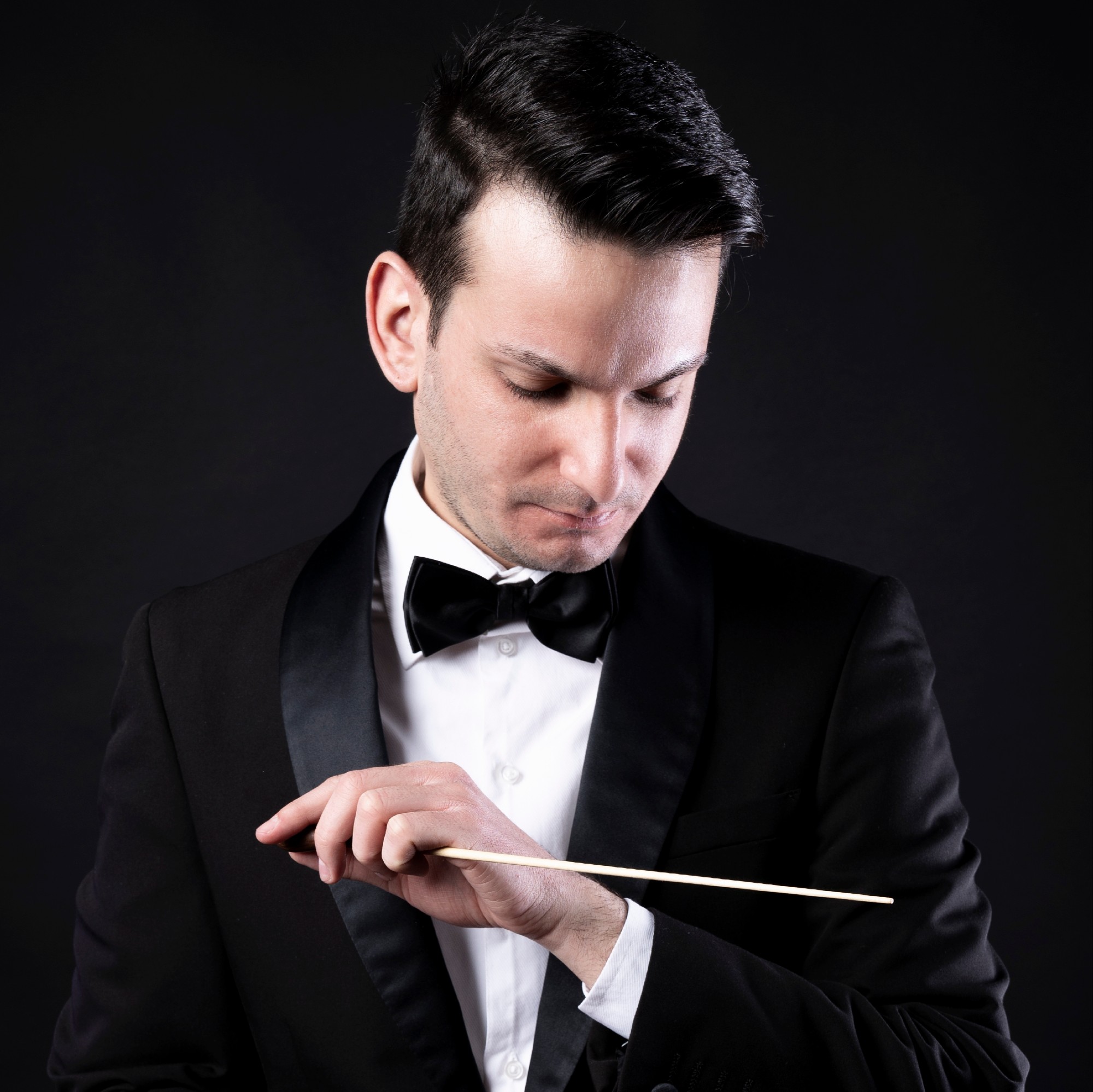
Francesco Fortunato: Notte sul corte
Orchestration: for baritone, violin, bass clarinet, trumpet in Bb, piano and marimba
Duration: 7'
"Notte sul corte" is not an Opera. The images described by the text are reproduced scenically by the music. The general key is the "non-sense", developed on several levels. The text is formed by the superimposed union of two non-sense poems in order to have a greater propensity towards the "absurd", in fact, the non-sense. The only "theatrical scene" required of the singer is found in the final of the composition: without any reason the singer, musically accompanied by an "operatic finale", collapses and dies. There are parts with freer interpretations. There are also musical grafts in which the music enters on specific words. The music found its genesis from some expressions, recalling them in the course of the composition and thus becoming a leitmotiv.
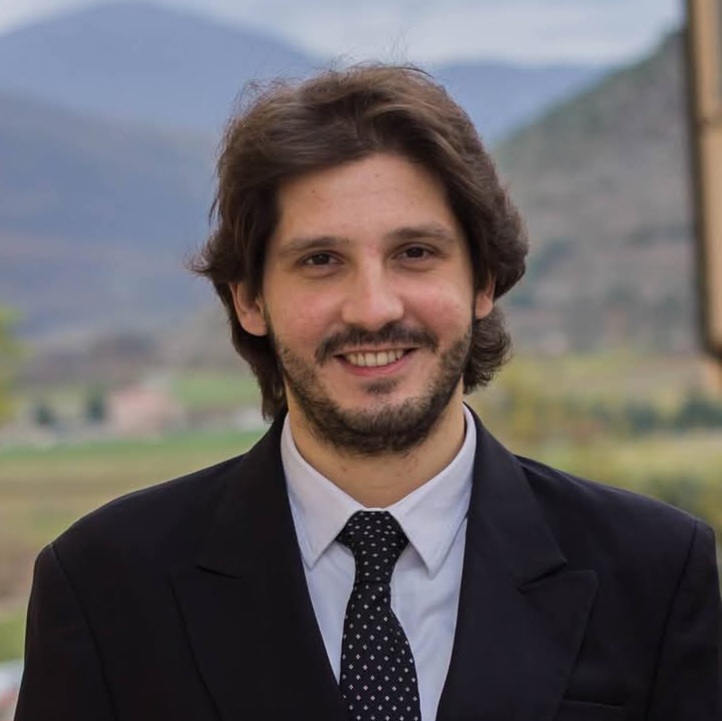
Paolo Fradiani: The Rite Without Spring
Orchestration: for Ensemble (10+ players) or Chamber Orchestra
Duration: 9'
The piece has been commissioned by Associazione Nuova Consonanza in Rome. Takes its name from Igor Stravinsky's "The Rite of the Spring" and aims to be both a musical homage to the Russian composer, whose this year marks the 50th anniversary of his death, and an invitation to reflect on the climatic and environmental emergency in an act whose negative effects are intensifying year after year. The purpose of this work is therefore to support a rapid ecological transition in order to mitigate the effects of climate change and balance human activities with the surrounding environment.
The piece has the same instrumentation of Stravinsky's Concerto in Eb "Dumbarton Oaks"
Note to performance:
It is recommended to divide, during the performance, the layers between winds and strings of the fluid sections (bars 1-13, 75-82, 122-137): first layer winds and second layer strings (in background) in order to make understandable the sections and emphasize the contrasts and melodic lines given to the winds.
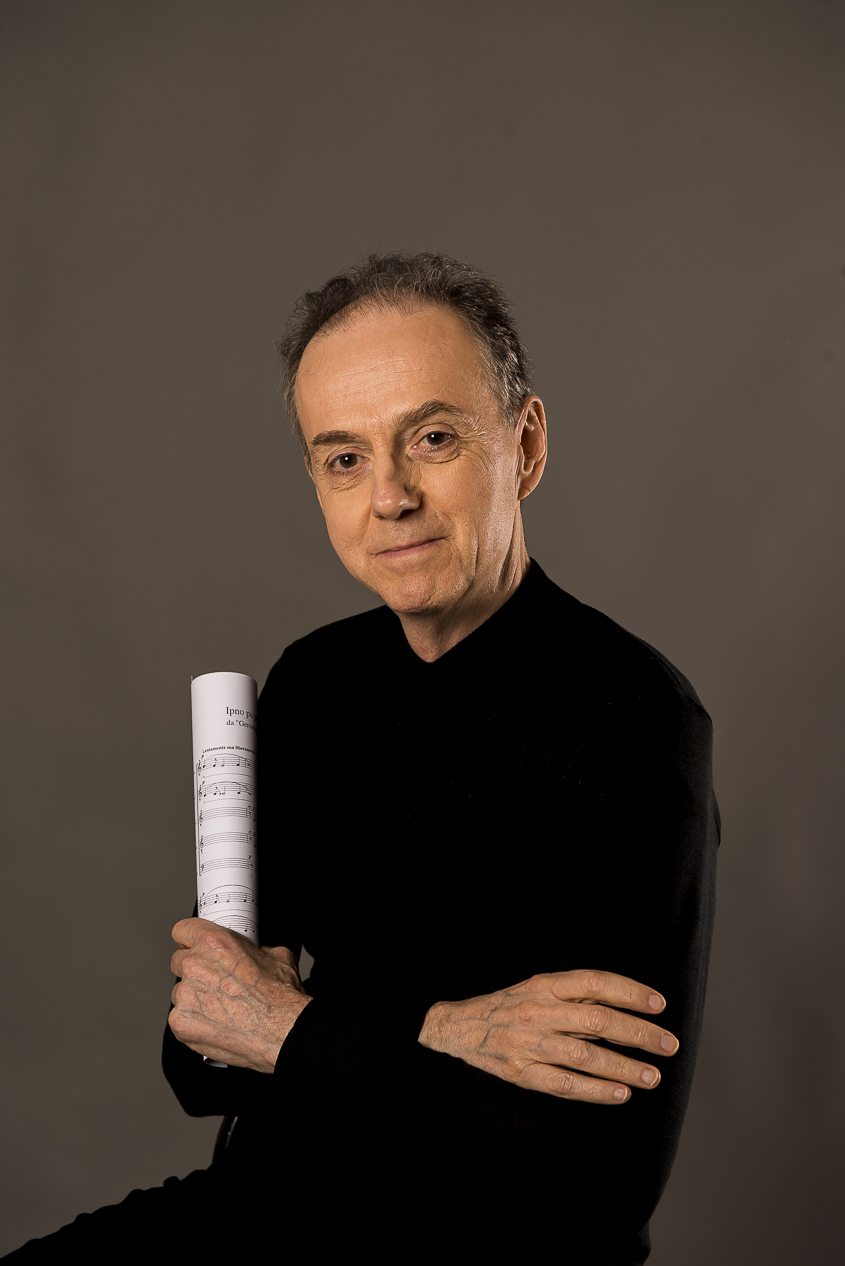
Maurizio Guernieri: Elementa I
Orchestration: for violoncello
Duration: 6'
The subtitle of this piece, Breath, indicates an element that interacts with the environment, producing carbon dioxide from the processing of oxygen. For the pre-Socratics, breath (pneuma) was also the soul, the original principle (archè) linked to life, at once immaterial and material. Being the original principle, it represents the beginning of life in al senses. The timbre of the violin represents the human voice, whose sound takes shape through the breath.
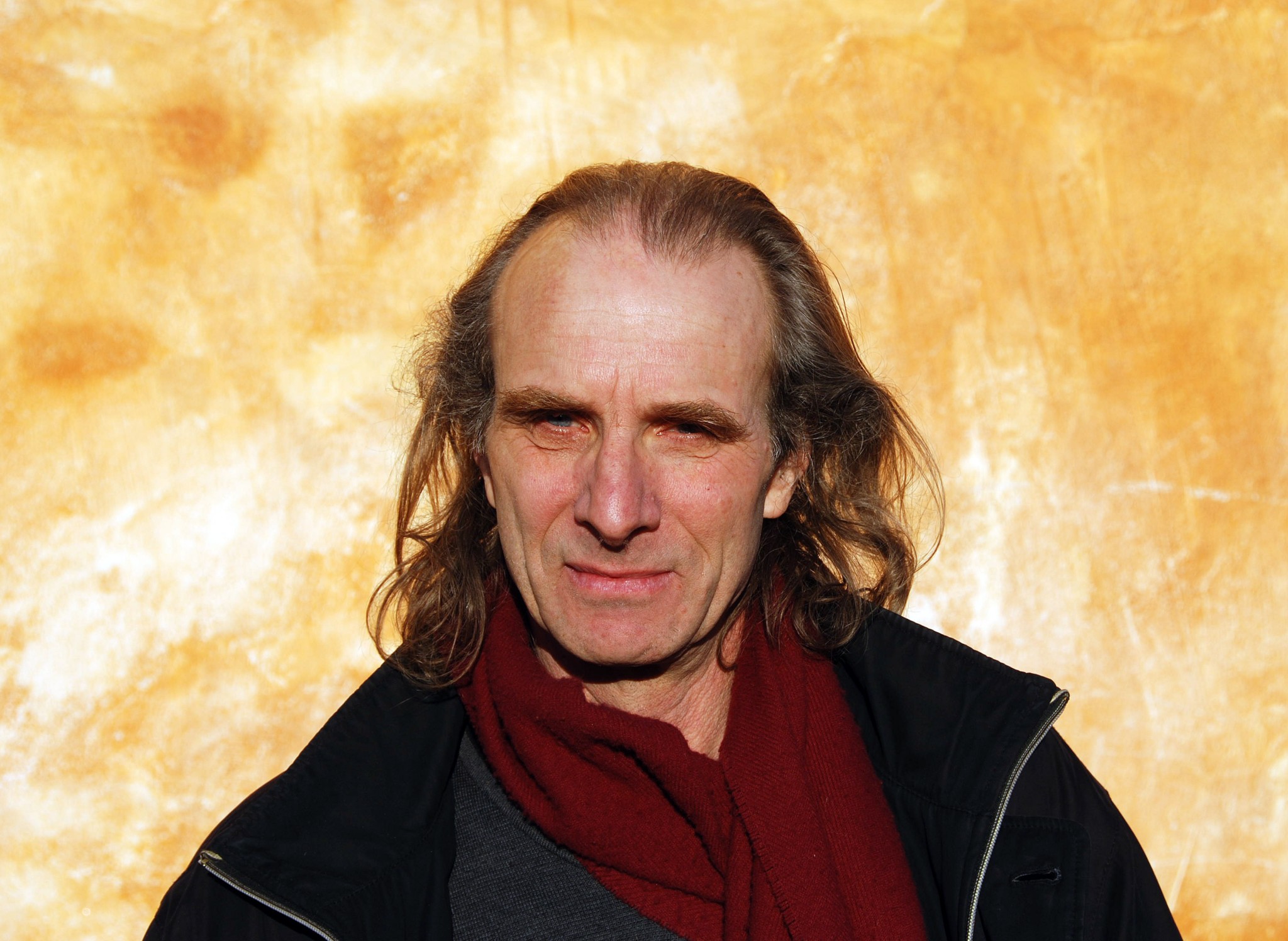
Johannes Jansson: PEACE SYMPHONY for Soprano, Baritone, Mixed Choir & Symphony Orchestra
Orchestration: for mixed choir and Orchestra
Duration: 50'
Peace Symphony is a dedication to humanity. Its words by Tawakkol Karman carry a vision of a wide human possibility and yet unknown great future.
As composer of the symphony I was obliged to follow and live up to its call. The reality it describes through Mrs. Karman's own experiences at the Tahrir Square in Sana'a, living there for months in a tent, leading the Arabic spring in Yemen. It was there she was offered the Nobel Peace Prize 2011.
They were protesting for Peace, after 33 years of dictatorship. But Mrs. Karman's message doesn't stop short there. She turns to the world with the urgent request: "Peace does not mean just to stop wars, but to also stop oppression and injustice".
I continue relating to Mrs. Karman's words, framing the expression aspired for in this symphony:
*"..it is the sound and the soul of the people who suffer from struggle for freedom and justice. It is the sound of the brave people against tyrannies, and the dreamers for a better life and future. It is the belief of the people on a shining future, despite all deterioration that happened now, injustice, hatred, racism."
It was to this Spirit I was dedicated composing the Peace Symphony.
Johannes Jansson
Tawakkol Karman's comment after the premiere 13.4.2018
Link to the premiere concert 13.4.2018 & presentation by Tawakkol Karman
https://www.berwaldhallen.se/konsert/peace-symphony
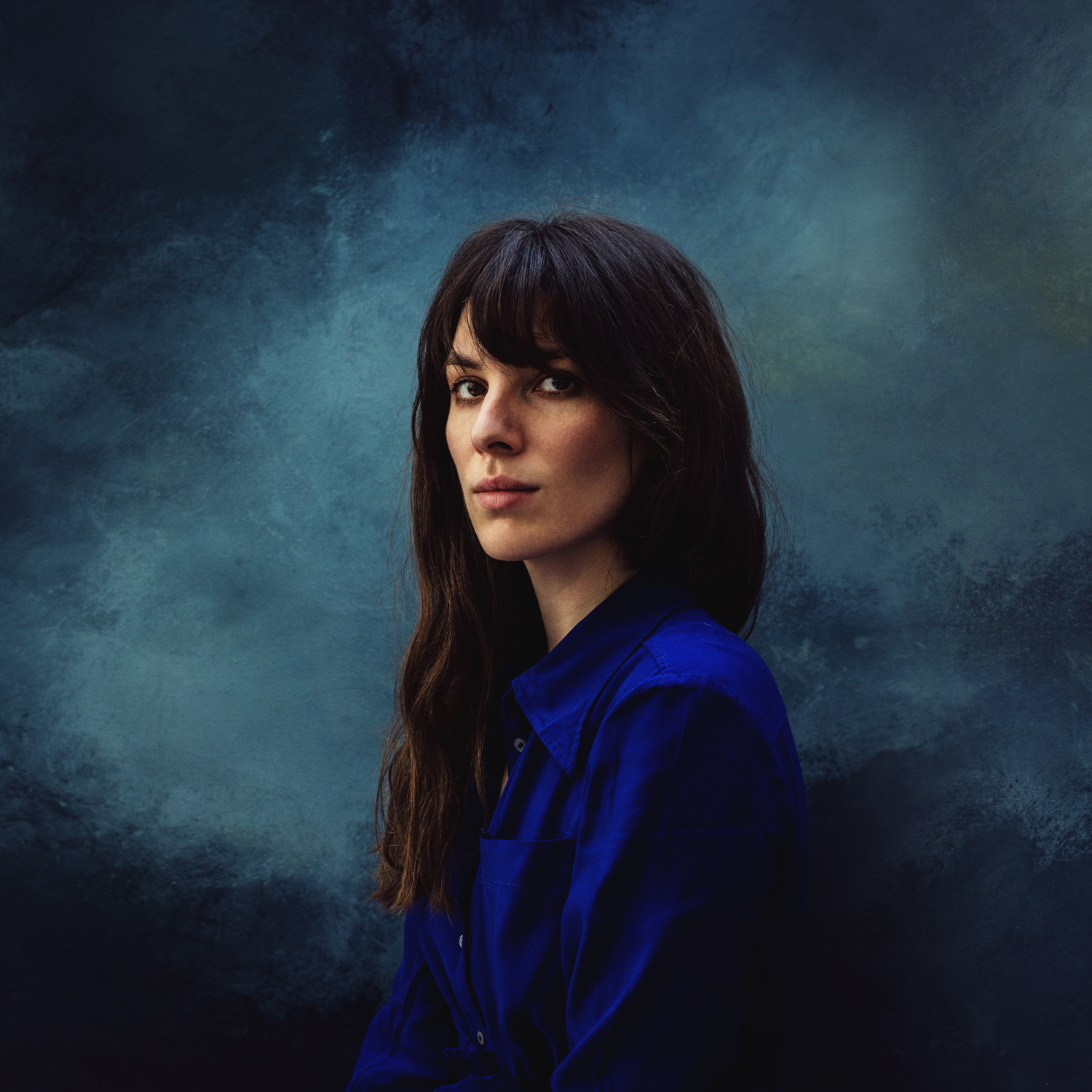
Annamaria Kowalsky: Calamitas
Orchestration: for mixed choir and Orchestra
Duration: 8'
Calamitas was a commissioned piece that premiered in Cluj, Romania by the philharmonic orchestra and choir in February 2020. It already carried a lot of the pain and despair of what would follow due to Covid19, but is mainly based on the certainty that nature is beginning to rebel against humanity as a destructive race.
Meaning "loss" in Latin, it fluctuates between moods of hope, desperation and pain. It is a journey through emotional memories, a bittersweet reminiscence of something that is irretrievably lost and gone. As an expression of the emotionally multilayered complexity the voices used in Calamitas purposefully sing without words. This creates space for the listeners' own words and internal images.
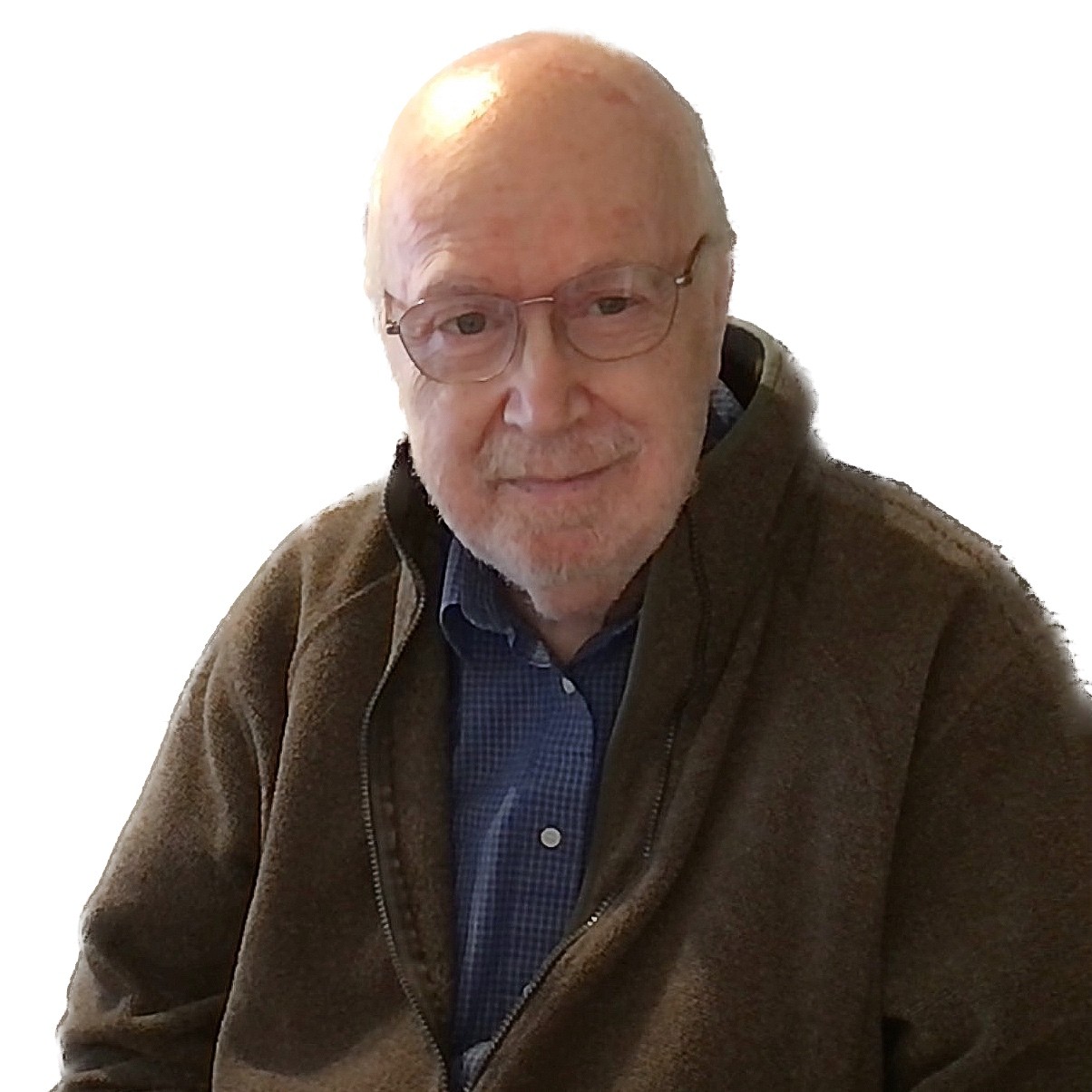
Michael Lawson: The Seasons: Summer
Orchestration: for orchestra
Duration: 3'
The Seasons
A Symphonic Celebration of Summer, Autumn, Winter and Spring
Summer is the first of the four movements of Michael Lawson's symphonic suite, The Seasons. If required, Summer may be performed on its own. Ideally, all four movements should be performed together in the order of Summer, Autumn, Winter, and Spring. Each movement is published separately and may be found in the works section.
Programme music is intended to evoke images or convey the impression of events, or even the step-by-step telling of a story. By giving this orchestral suite the title of The Seasons, I deliberately stepped into programme music territory, not only by sharing a famous classical title (in works by Vivaldi, Haydn, Tchaikovsky, Glazunov and others) but by allowing my own imagination to be stimulated by the rich beauty and also the poignancy of nature’s annual cycle.
Composers have depicted this cycle in a variety of creative ways. Glazunov’s Seasons is a ballet; Tchaikowky's is in miniatures for the piano; Haydn’s is choral; Vivaldi’s great work is not one but four violin concertos. Their special characteristic of this "Seasons genre" is they all tell stories. So conscious of the accomplishments of such esteemed company, what of my own work - what story might remain for me to tell?
For instance, what kind of music might be inspired by our alarming climate instability? A concerned composer like myself might choose to dramatise some present and future climate catastrophe. That is certainly of value, and some composers are beginning to travel such a path. However, the story of the Seasons that I wish to present is closer to an impressionist painting than a detailed study or depiction of events. The Impressionist I have in mind is the British painter, Turner, whose romanticism often revealed a deeper passion beneath the surface of the events and scenes he depicted. What would Turner have made of climate change, I wonder? For myself, by depicting the Seasons, differentiated as they still are, (but for how long?) I share our contemporary environmental concerns. But the intention of the four contrasted movements is not simple tradition. Instead, I wish to draw attention to the sheer wonder of the life cycle as we on earth have received it: the joy, the pathos, the richness and the hope our four seasons represent.
So, thinking of story lines and nuance - whatever intellectual stimulus a musical work may raise, I am a composer who likes music to be music. My preference is not to overly rely on philosophy or in fact any kind of extra-musical programme, beyond the most general. I am also conscious that like the most famous examples I have mentioned, the music still has to be able to stand on its own, as if we know nothing about its title and intention. Like we caught it by chance by turning on the radio, and knowing nothing about it, still able to be entranced by the music as music.
Having written those sentences, I realise (fortunately) not everyone is like me, and we have different ways of listening to and appreciating music. What matters most for some may be indeed that music evokes pictures. For others, it’s the emotional narrative that counts. For others still, it may be quasi-intellectual with the unfolding shape of the ideas and material being more to the fore. Or perhaps a combination of two, three or more. Surely the main thing about music is to enjoy it!
So, when you eventually hear my version of The Seasons, of course I invite you to recognise the different divisions of the year and their characteristics. But however you enjoy music, if you are emotionally shaped like me, then the music may prompt you to sense deeper levels of our life cycle too, and yes, to reflect on the dire state of climate instability we have inflicted on this good planet upon which we sojourn - and motivate ourselves to the radical action which may save it.
How was the suite composed? Spring (the last in the cycle) was written first. The initial draft was composed in a rush of inspiration over one weekend, for three pianos. I was enthused by what I had written but hadn’t a clue what to call it, or what to do with it. And for that matter three pianos are not a hugely practical ensemble for performance either! So I sent it to friends for comment. As a result, it was variously named, with nearly-but-not-quite-titles such as “Carnival” and “Summerdance”. Then I thought, why not elaborate and orchestrate it? And that was the key that finally unlocked the music.
In scope it not only grew like Topsy, the title “Spring”, with all its promise of new life now seemed exactly where the music was at. In fact, growingly aware of how the music touched that deeper level of meaning, on the score I scribbled the Latin word, “Resurgam” (Rise again!)
Spring of course has many connotations. The music here is unashamedly expectant and hopeful, yes, and joyful too. The composition of Spring also meant here was a Season in search of three others. That’s the strange way that music is sometimes born.
So I adapted a recent saxophone movement called Night Song, and turned it into a balmy summer’s evening with Alto Saxophone and Trumpet duetting with commentary from the woodwind and strings. Then came Autumn. It can be a beautiful and richly coloured season, but here the opening strings are in a sense ambiguous, and render a sense both of serenity, but also an emotional taste of the season which is to follow. Nonetheless, all that swiftly gives way to a lilting and expressive waltz time melody whose orchestral treatment I must say embodies all my heart, especially in the two clarinets soloists who take on advocacy for that melody second time through. Everyone in the orchestra has their own comment and contribution.
Winter was the last movement to be composed. Yes, as you’d expect it’s strong and powerful, funereal even, yet intriguingly detailed too. I don’t know what pictures it will conjure up for you. But if you feel your heart throbbing with the pounding bass, and timpani towards the end, you’ll certainly have identified with what the music portrays - whatever that is! (You can make up your own programme story if you like too.) Of one thing I am certain, like the Seasons, Winter is definitely not the end. Hence Spring, Resurgam, and new life promised, which is the hope and inspiration I guess we all need. For there are times, as I believe, when music speaks to us from beneath the surface. In a language of the emotions an otherwise hidden reality is unveiled, more persuasive, more richly and deeper impassioned than words, however powerful will ever achieve.
Michael Lawson’s “The Seasons” was commissioned for the Royal Wedding Celebration Concert at the Cadogan Hall, London and was first performed by the London Festival Sinfonia in 2018.
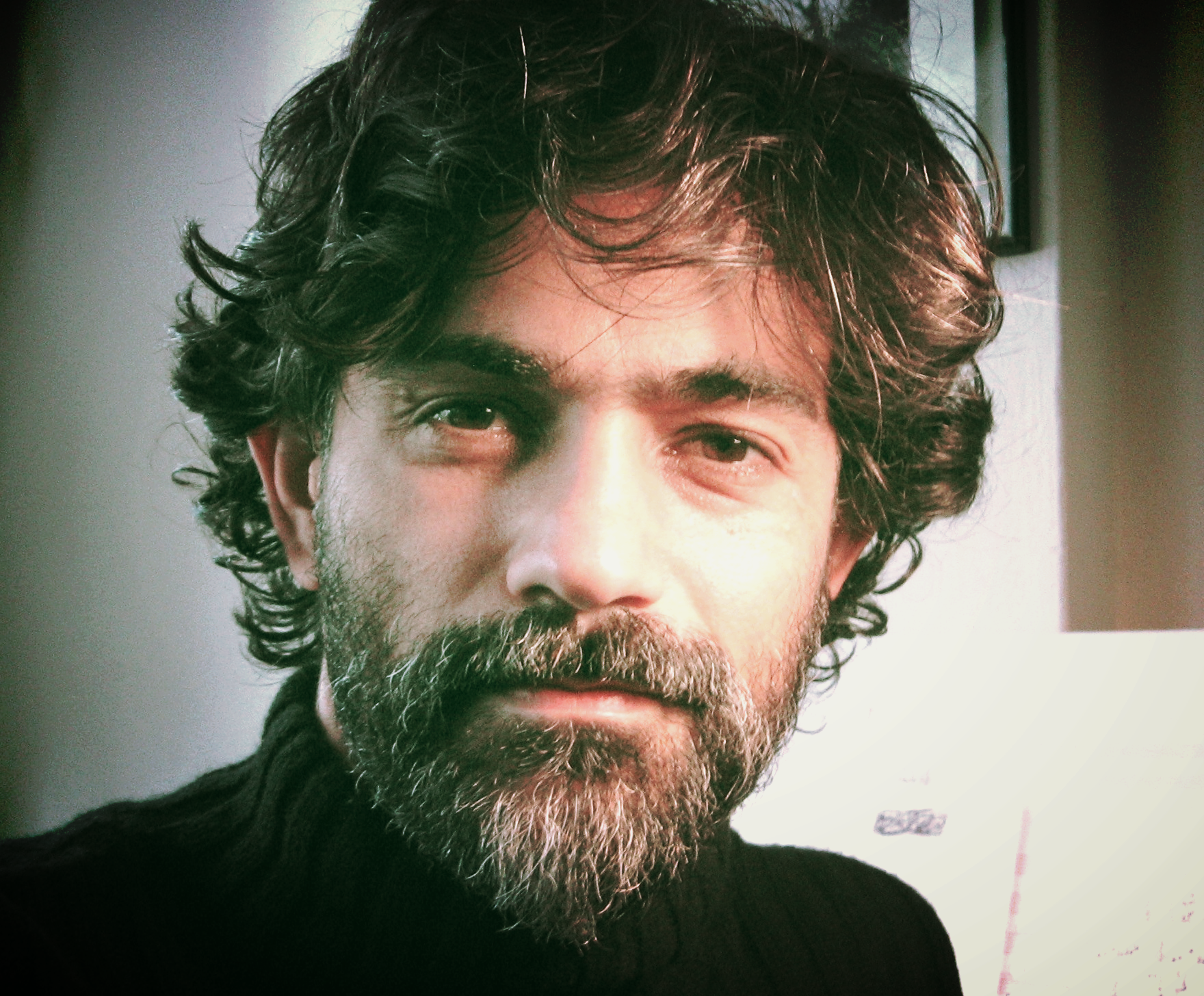
Rodrigo Lima: SOL A PINO
Orchestration: for Orchestra
Duration: 12'
The tropical solstice exposes us to high temperatures, the zenith of high noon where no shadow is left below a man. “SOL A PINO” (“zenith Sun”) is a sort of spiral of affects, where the restlessness therein reflects itself on its nature of perpetual change.
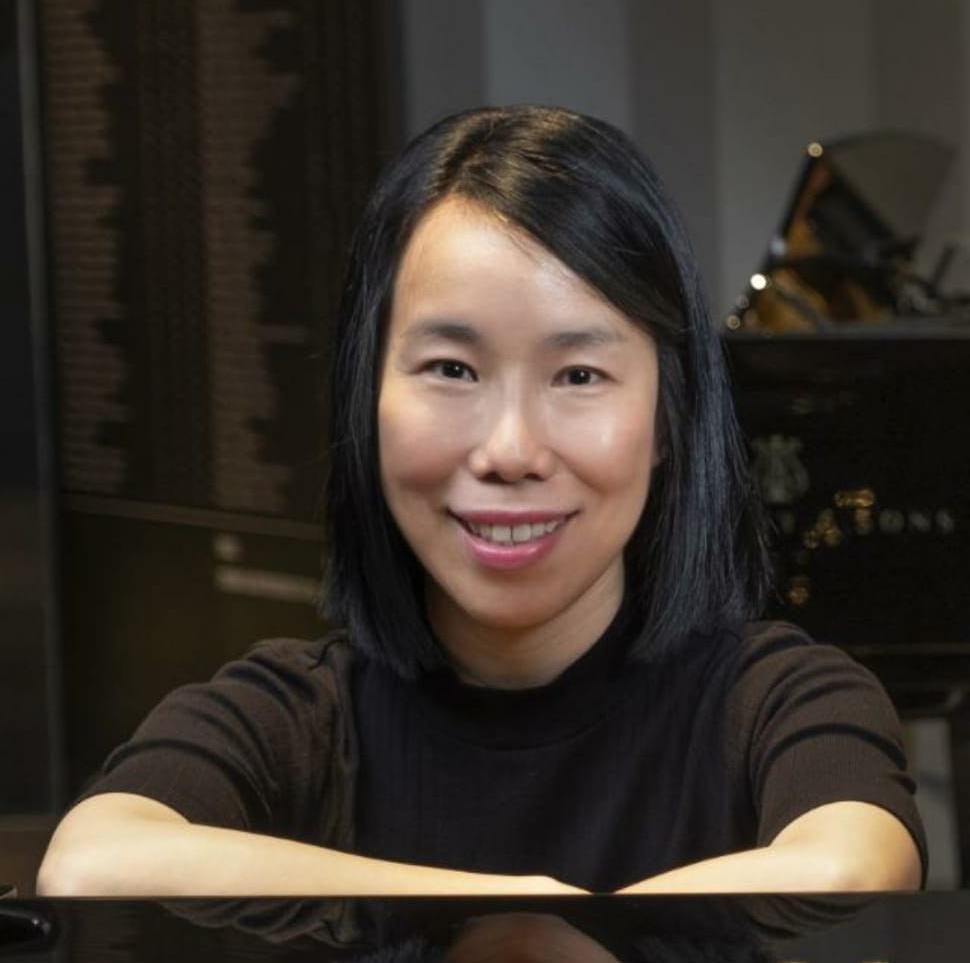
ShaoYing LOW: Reflections
Orchestration: for clarinet in Bb, clarinet in A, horn in F and piano
Duration: 3'
"Reflections" was composed on 29th August 2013 and it was inspired by American composer, Eric Ewazen. Having played his trio for flute, horn and piano, I like the very pastoral feel in that piece, especially the second movement. Thus, I decided to write something in that direction. I use the clarinet and horn because I like their warm tones and (to me personally) very pastoral feel.
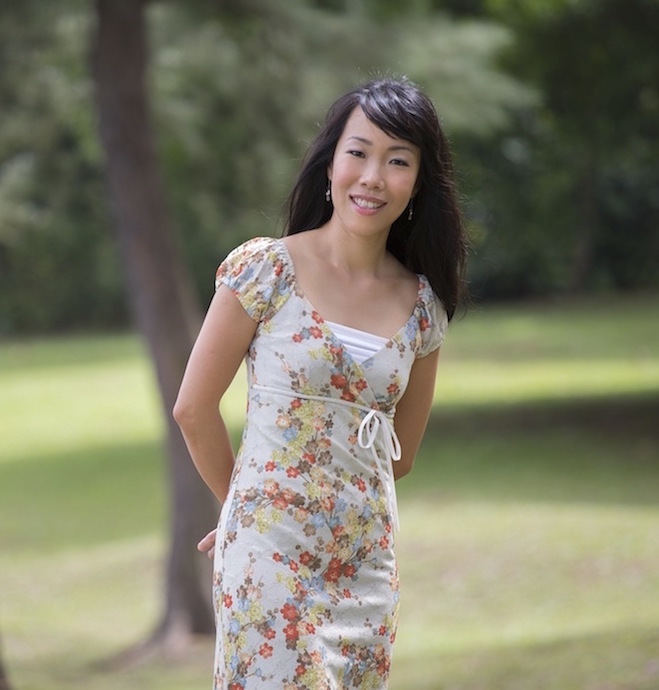
Shao Suan LOW: Still
Orchestration: for piano
Duration: 3'
"Still" for solo piano was written on the 9th of July 2007, after an evening walk at a reservoir near my house. I was walking around taking photos, and one of the photos depicted a little yellow dinghy tied to the pier, lying motionless in the water against a backdrop of trees, mangroves and the evening sun.
"Still" was premiered by the composer on the 8th of October 2007 at The Arts House in Singapore. This piece won a Runner Up position in the "Instrumental" category of the 2009 UK Songwriting Contest.
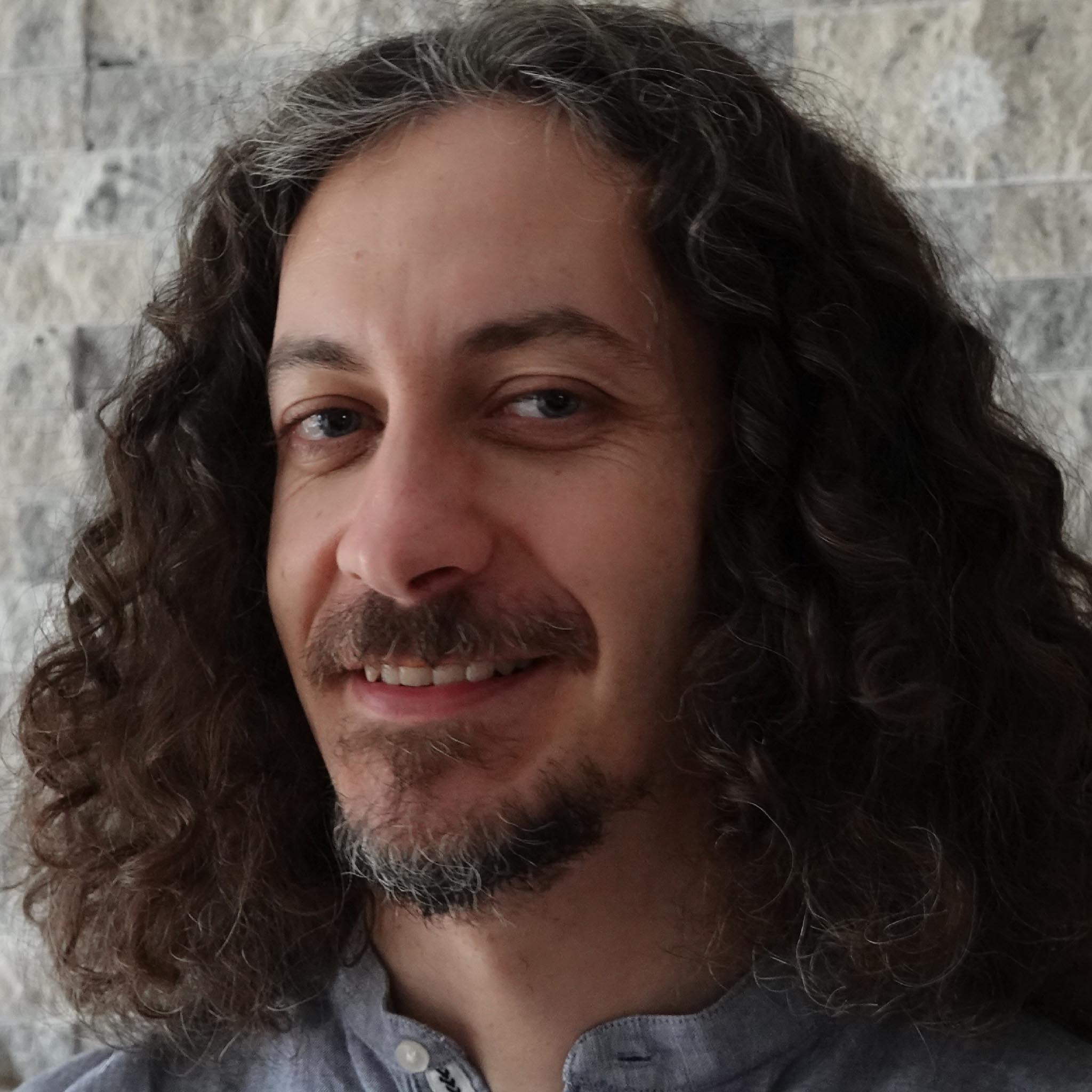
Gabriel Malancioiu: Birds and trains
Orchestration: for violin and violoncello
Duration: 5'
Birds and trains is suggesting a metaphor of transforming denser energies into subtler ones, the movement of a train – representing the Earth, and the flight of a bird - pointing towards the Heaven. The unity of the work would like to be attained by the dynamic balance between the polarities clearly defined by the beginning and the end of the piece: Birds and trains is pointing to a slow process of transforming one polarity into it’s complementary force.
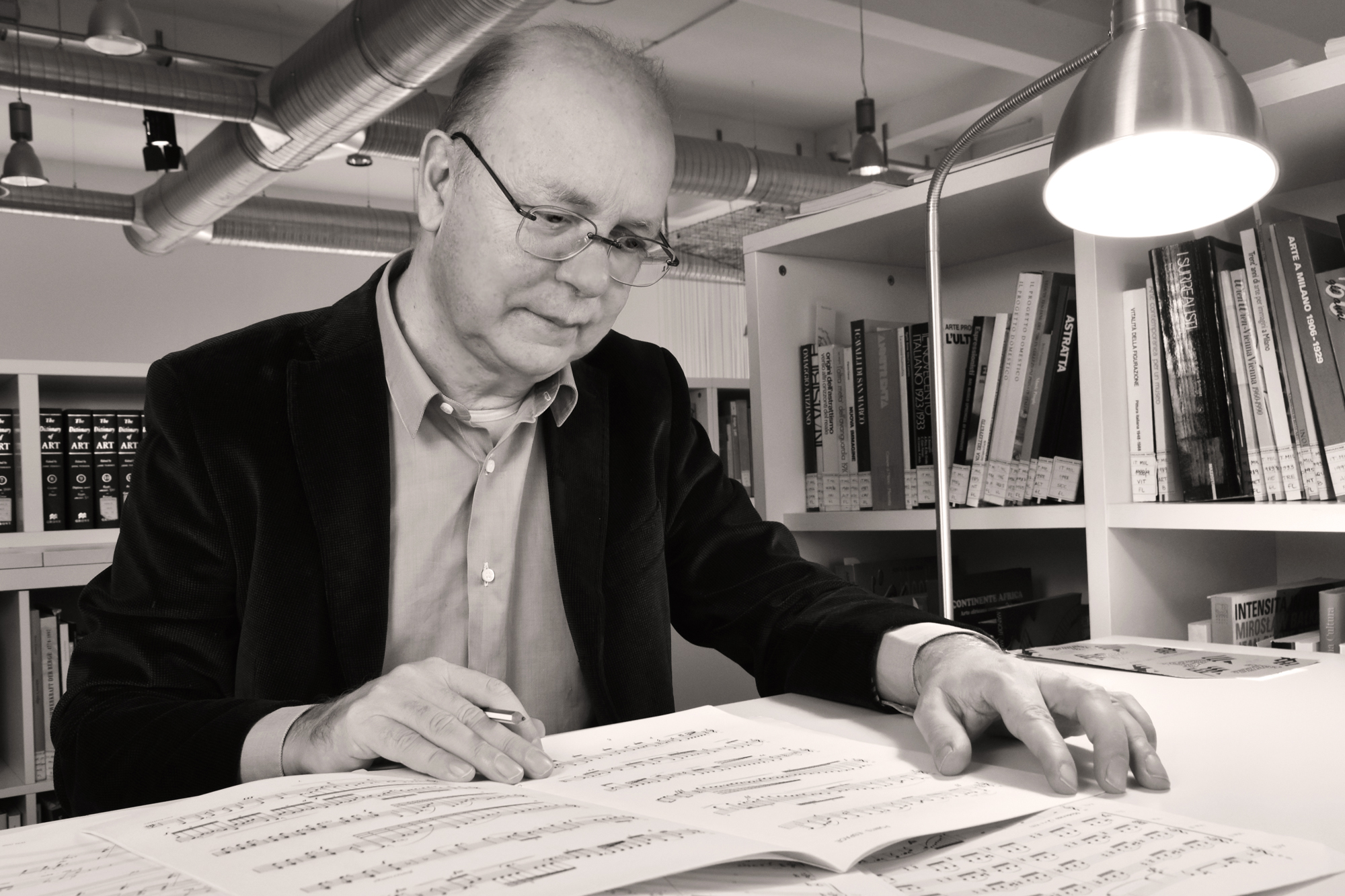
Willy Merz: Fragile landscapes 1
Orchestration: for piano
Duration: 10'
Fragile Landscapes is a series of compositions for different instruments and ensembles.
Each piece evokes a particular fragility of the planet, an area where the most recent climate changes find their evidence.
Just as the 19th and 20th century Preludes evoked inner landscapes, so Fragile Landscapes focuses attention on the relationship between man and nature, in its problematic moments.
They are therefore Preludes written 'at the end of the world', as a geographical place but also as an ideal projection.
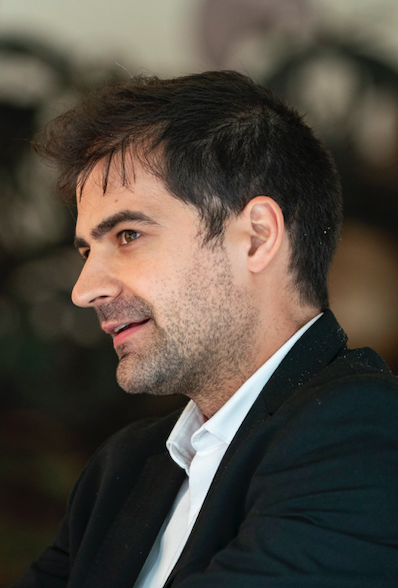
David Moliner: Estructura III
Orchestration: for Orchestra
Duration: 15'
With a simile of Greek mythology based on the envy that Venus felt for the beauty of Eros that made Psyche fall in love, taking away the leading role of the most beautiful goddess, Estructura III das Gelb der Venus! is a work who wants to explore the human envy.
This piece development presents a heterogeneous cellular pattern mixtures, based on very insistent rhythms, with sensory references of longing sensuality, divergent sonorities and a certain perpetual anxiety. This III Estructura has been described as calegurematic, unheard of, improbable, mysterious, arcane, contemplative and utopian at a time that, through sound, managed to visualize a film of astral mirages.
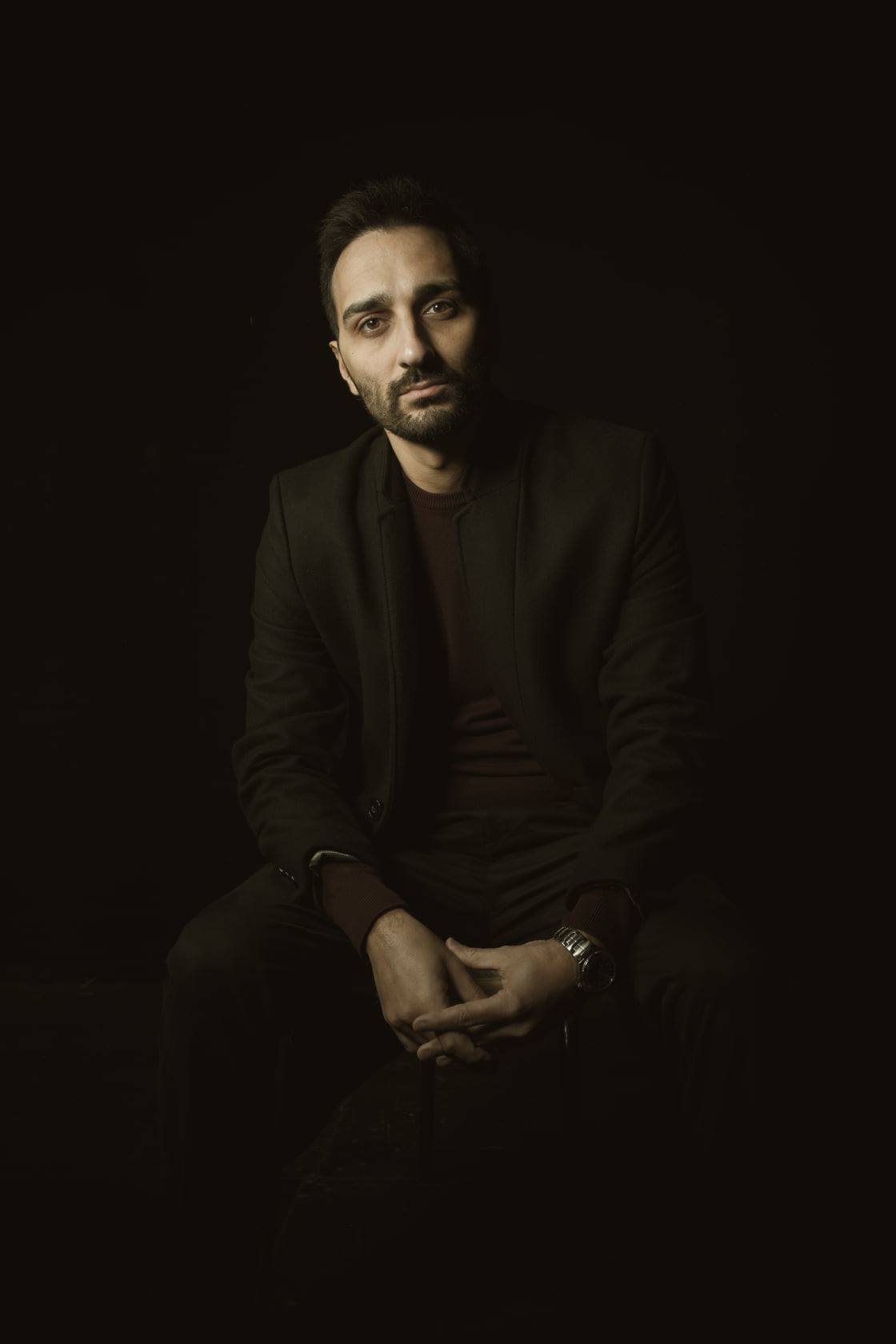
Simone Piraino: 'Abun
Orchestration: for male voice, violin and Orchestra
Duration: 9'
Composed for the VIII International Festival of Palermo Classica, 'Abun, the prayer of the Our Father in Aramaic (the same language that Jesus Christ spoke), musically and humanly reflects my poetics.
Written for Male Voice, Violin and Large Orchestra, and particularly bounded to a non-rigid minimal style based on the repetition of the number 3 (symbol of the Trinity), the first part of 'Abun is entrusted simultaneously to one and the other soloist in an emotional crescendo in which the sections of the orchestra have separate inputs and the voice, in the range of a perfect fifth, from B to F# (5 is the number of letters that make up the name of "MARIA", the Madonna) , sings the first section of the prayer starting from the thematic incipit (B-C#-D/Si-Gno-Re) while the violin accompanies it by first exposing, as a reflection of the totality, the B minor scale and then a melodic line tending to acute (alto) which re-exposes the initial theme of the voice.
Arriving at its peak with the entry of all sections of the orchestra, you enter the new section in which the "Ricochet" of the solo violin emerges from a game of staggered accents between the figurations of the strings that reflect the main theme. It is the human drama of freedom, a consequence of the human grandeur dictated by the words "Thy will be done"; a game that ends in the positive hypothesis, an embrace of peace, of the third section: a similar structure but never the same (like the daily routine of life and its "unexpected") marked by the lows and in which, between the words of the second part of the "Our Father" - softly articulated by the male voice - Violas, Violins II, Violins I and Violin soloist enter the canon following an incipit given by a single note: "D", "Re" whose Italian name of the note more it is but the synonym of "Father" in the Bible.
The piece ends with the psalmodic repetition of the "Our Father" and a melodic and emphatic crescendo in which the whole orchestra participates which ends with the dramatic but peaceful scream of the note "D" high on the violin, or the third - again the number 3 - of the B minor chord.
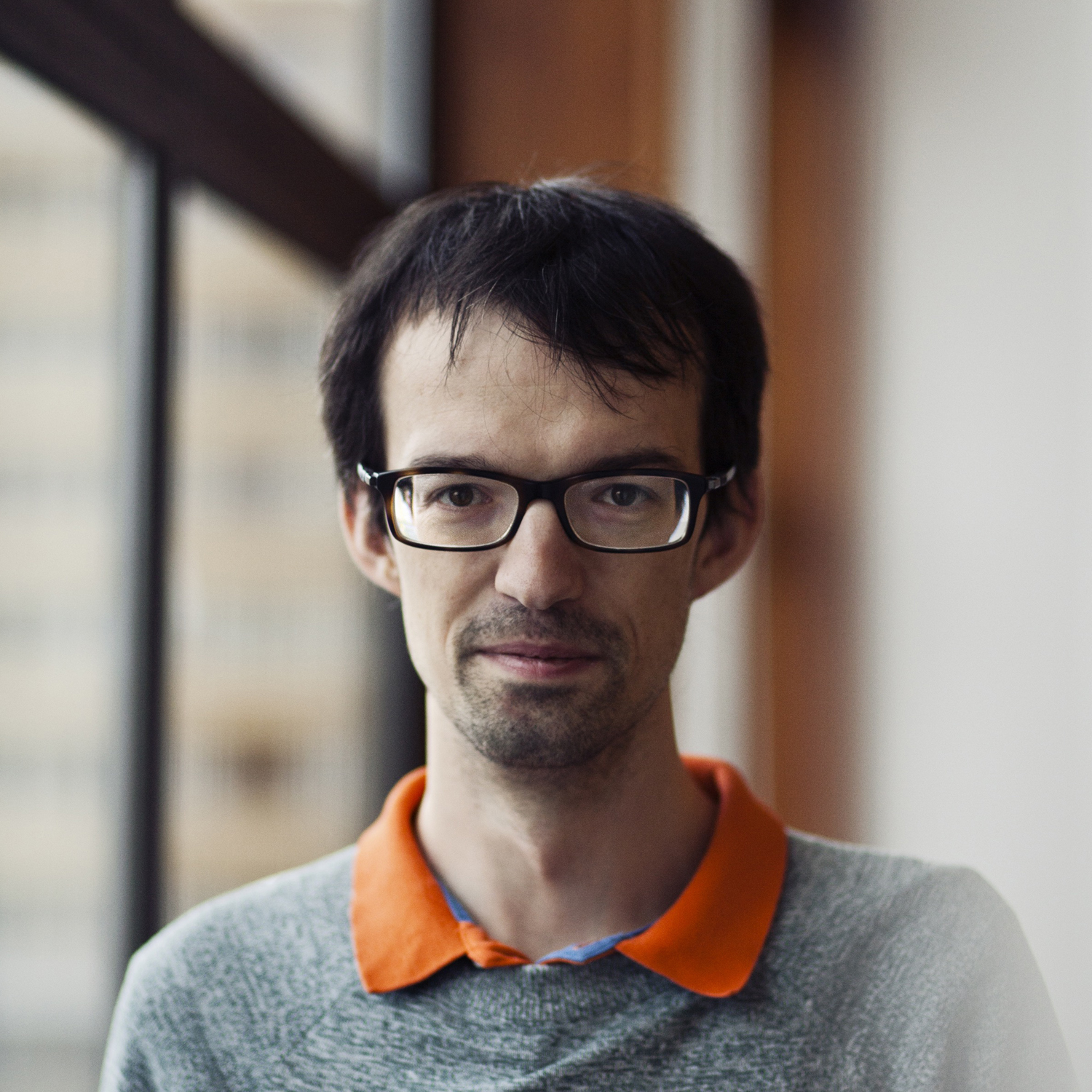
Christoph Renhart: L'isola morta
Orchestration: for orchestra
Duration: 9'
«L’isola morta», the dead isle has its source in the image of a volcano cone which rises from the sea and which stands monument like at a place where the immeasurable forces of nature were raging. I composed a music that is eruptive, which throws about its materials, a smoky, surging and boiling piece which collapses on its climaxes only to regroup in the sub-surface.
The symphonic work was composed in 2016 and is based on my solo-concerto «Las Islas Aguadas» for piano and ensemble. «L’isola morta» takes resorts to the piano concerto, but illuminates its materials anew in symphonic opulence.
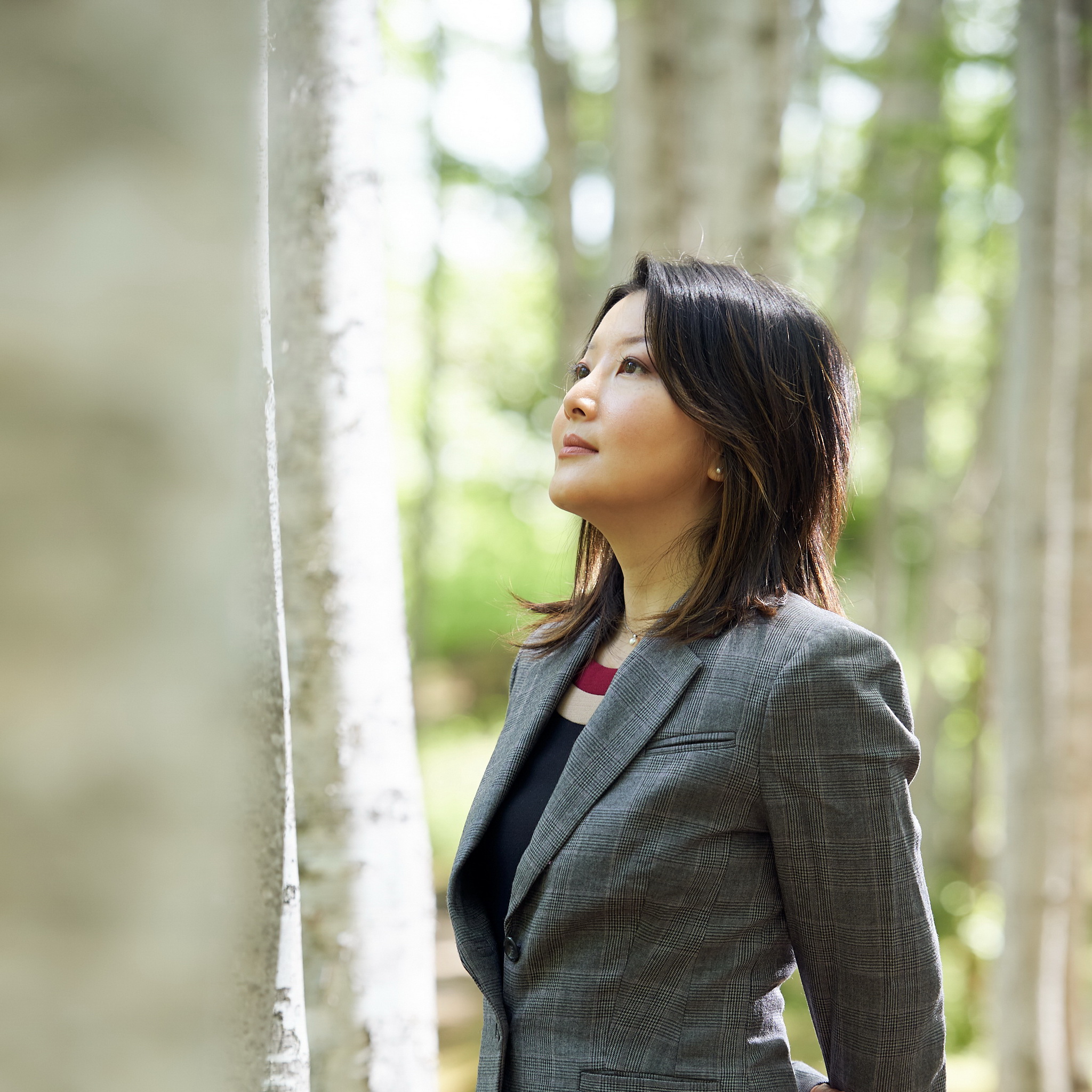
Jenny Rompas: Eden
Orchestration: for Orchestra
Duration: 3'
Eden reflects on our struggle with climate change and dreams about the utopia of future greeneries
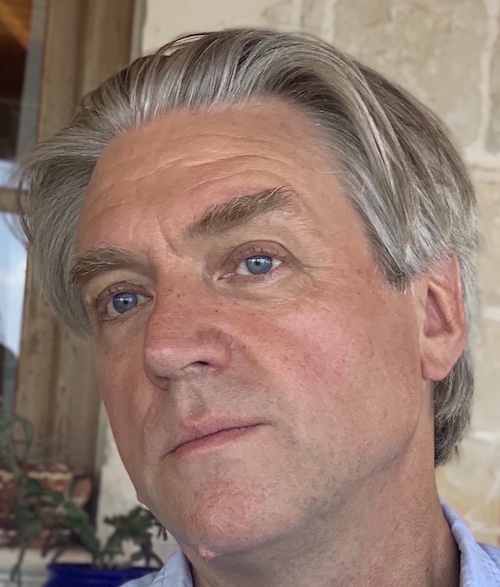
Tom Smail: As shade to shadow
Orchestration: for viola and violoncello
Duration: 7'
Shade is the absence of direct sunlight; shadow is the darkness made on a surface when a person is between the surface and the sunlight. This piece considers the human condition - the dark and the light - and humanity's effect on the world, our long shadow contrasting with nature's often beneficent shade. The viola, much under-used, is the perfect companion for the versatile cello. There is much to-ing and fro-ing in this work - concern, questions, anxiety - and hints of the light too.
Commissioned by the Kapoor Chamber Concert Series and premièred there in 2012.
Musicians on the recording: Viola - Dorothea Vogel / Cello - Vanessa Lucas-Smith
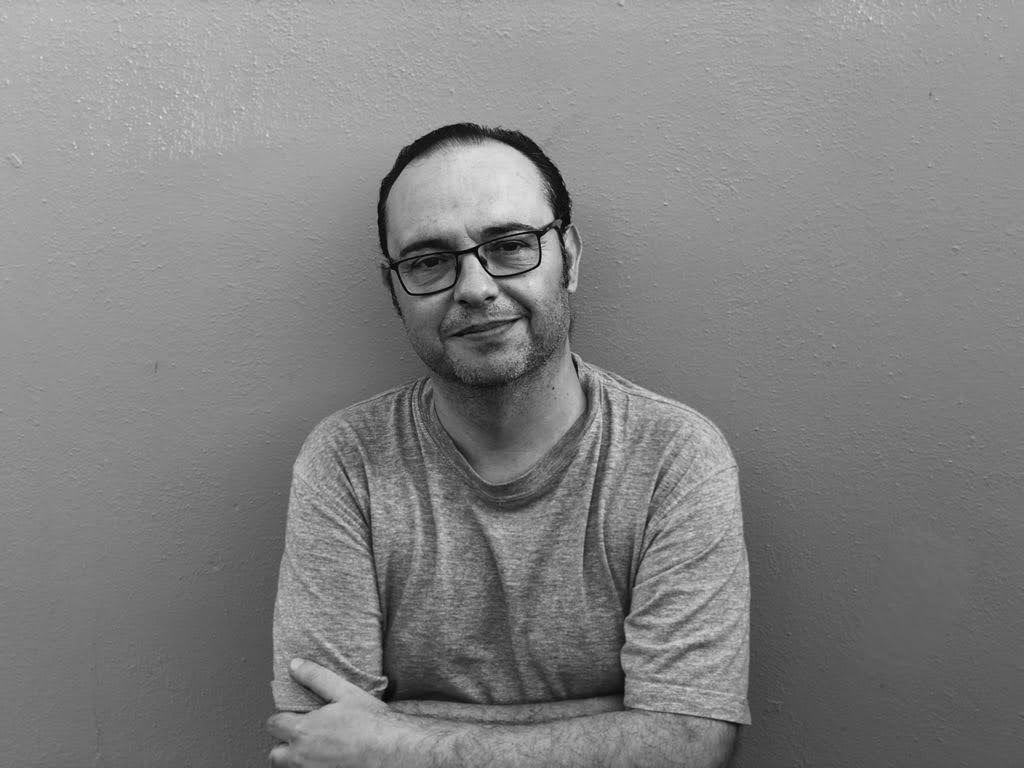
Mateo Soto: Winter Music
Orchestration: for flute, oboe, clarinet in Bb, bass clarinet in Bb, bassoon, alto saxophone in Eb, horn in F, trumpet in Bb and trombone
Duration: 6'
Winter Music for wind ensemble is composed in a single movement and it has a rhythmic and minimalist character. Its main elements are seventh intervals, pedal notes, strokes and ascending scales.
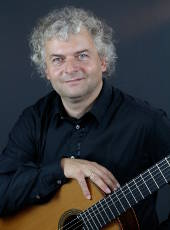
Siegfried Steinkogler: Battle of Trees
Orchestration: for Chamber Orchestra
Duration: 15'
Blodeuwedd - Celtic: "flower creature", "flower countenance"
The Christianized form of the Blodeuwedd myth from the Welsh Mabinogion (11th century) and the following text from the "Book of Taliesin" are woven into a poetic unit and form the basis for the dramaturgy and choreography of the work.
All disputes between the "magician" Gwydion and the "blossom-faced" Blodeuwedd ultimately culminate in the "Battle of the Trees". Both protagonists derive from an archaic-looking ancient Welsh myth: Gwydion, exploiting nature for his own purposes and Blodeuwedd, exploiting nature Since the "Battle of the Trees" ends in a stalemate, the struggle between the idea of progress and nature will continue into the distant future.
Excerpt:
“No father, no mother
was my body, was my blood.
Banished by Gwydion's spell,
archmage of britain,
I was formed from 9 blossoms,
Buds of different kinds:
From the mountain primrose first,
gorse, spir and oat grain,
of the bean lying in her shade
harbors myriads of pale spirits,
earthly spirits of earthly kind,
from the flowers of the nettle,
joins oak and thorn
the shy chestnut. –
Nine powers of nine plants
united to nine forces in me,
nine seeds of perennial and tree.
My hands are long and white
like the spray of water on the ninth wave..."
(Translation from the Middle Cymric by Siegfried Steinkogler)
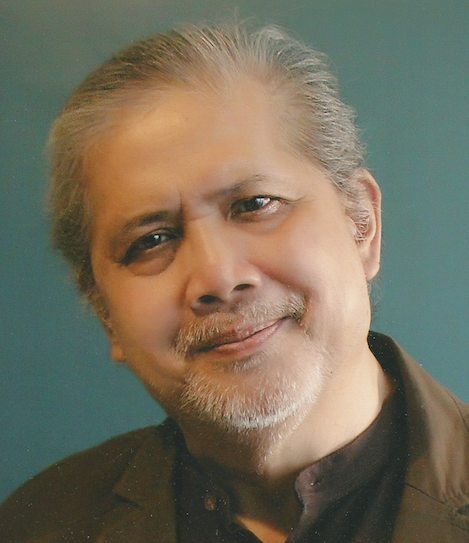
Josefino Chino Toledo: "AGOS" (Flow), v.1 for Narrator and Chamber Orchestra
Orchestration: for speaker and chamber orchestra
Duration: 14'
The work was based on Joi Barrios-Leblanc's poem BAMBOO CURSE about the 2013 powerful typhoon Yolanda (Haiyan) that destroyed and submerged the province of Leyte in the Philippines. AGOS (Flow), tries to capture the different emotions and reactions derived from experiencing this natural phenomenon that took the lives of thousands of Filipinos. Using the poetry as basis of structural foundation of the work, and mostly employing submerged tonality (inversion of overtone series), the music flows to its various segments in liquid form, in non-obtrusive manner.
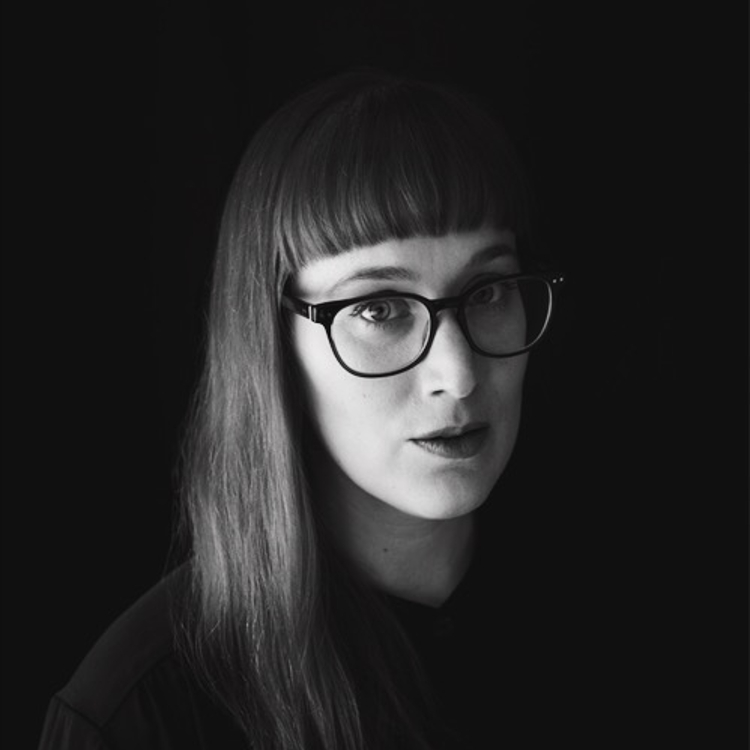
Veronique Vaka: Vanescere
Orchestration: for viola and Ensemble (10+ players) or Chamber Orchestra
Duration: 11'
Vanescere, written for Þórunn Ósk Marinósdóttir
Premiered on the 6th of March 2022 during Myrkir Músíkdagar/ Dark Music Days, in Reykjavík.
Veronique Vaka has made it her mission to translate nature’s processes into sound. The viola concerto Vanescere follows her luminous orchestral work Lendh, nominated for the Nordic Council Music Prize, and, zooms-in on principles explored in the cello concerto Gemæltan.
Like Gemæltan, Vasnescere takes as its subject the area around the Sólheimajökull glacier in Iceland. Using geographical and geological analyses, Vaka traced the steady erosion of the glacier over the year from September 2020 and was alarmed at the rapid rate of the ice cap’s retreat. Vasnescere is an abstract representation of the harvested data that underlines the speed of the glacier’s destruction, compressing actualtime into musical time. In its direct reaction to the science, the work presents the starkest possible musical depiction of the impact of climate change on the Icelandic landscape.
In translating her statistical and photographical data into musical notation, Vaka works in two principle ways. One is the establishment of a temporal grid that compresses the 12-month change in the glacier’s appearance into the course of the concerto’s duration. We hear the glacier’s changing shape in movements by degrees: the shifting of one note in a chord, the twisting or contracting of a texture. Within this, the narrating solo viola steps out of the strict time lapse to focus or reflect on individual events and gestures.
But the harvested data also controls the music’s surface colour, affecting shifts in instrumentation, volume and general expression. A crevice or waterfall might be imagined as a trill or a glissando; a melodic motif might represent ‘calving’ – a piece of ice breaking off as the glacier’s state alters under pressure. Ultimately, elements of the orchestra lose their ability to sustain a quality of sound altogether – the starkest warning yet of the effects of climate change on Vaka’s generation of Icelanders.-Andrew Mellor, 2022

Matthias Winkler: Noah
Orchestration: for child's voice, children's choir, violoncello, recorder and percussion
Duration: 45'
At all times, people have denied dangers they saw coming, suppressed them. In an enlightened world, one can assume that Noah not only recognised the danger of a great flood on divine advice, but simply interpreted the signs of the times correctly.
What appears to be a great, unforeseeable catastrophe had obviously been looming for a long time and so it happened that clairvoyant people like Noah saw the danger coming and took appropriate countermeasures.
Thus, what happened back then was probably quite comparable to the problems we have today (greenhouse effect, water shortage, etc.).
The present musical play, which is well suited for primary school children from grade 1, follows the biblical text quite strictly, but is extended by some characters (trout, dog, cat) who comment on the events and thus make them more understandable for the children.
These can be omitted without further ado.
The people are amused by the far-sighted Noah because he begins to build a ship (ark) in the middle of the land. (Scene 4) When he warns them of a big rain they say:
"It has never happened before that it rained so much ... So it can't happen!", an attitude that is still often found today. (5th mocking song: "yes, driving a boat is twice as nice on water". In 11. the Flood is depicted by beating on woodblocks. As the water rises, people try to save themselves in all sorts of ways, but in the end they perish. The ending under a rainbow seems cheesy, but it is part of the original text.
This story is used in a similar way in several Hollywood films set in the near future. Often it is again a ship etc. in which a few people escape the catastrophe.
